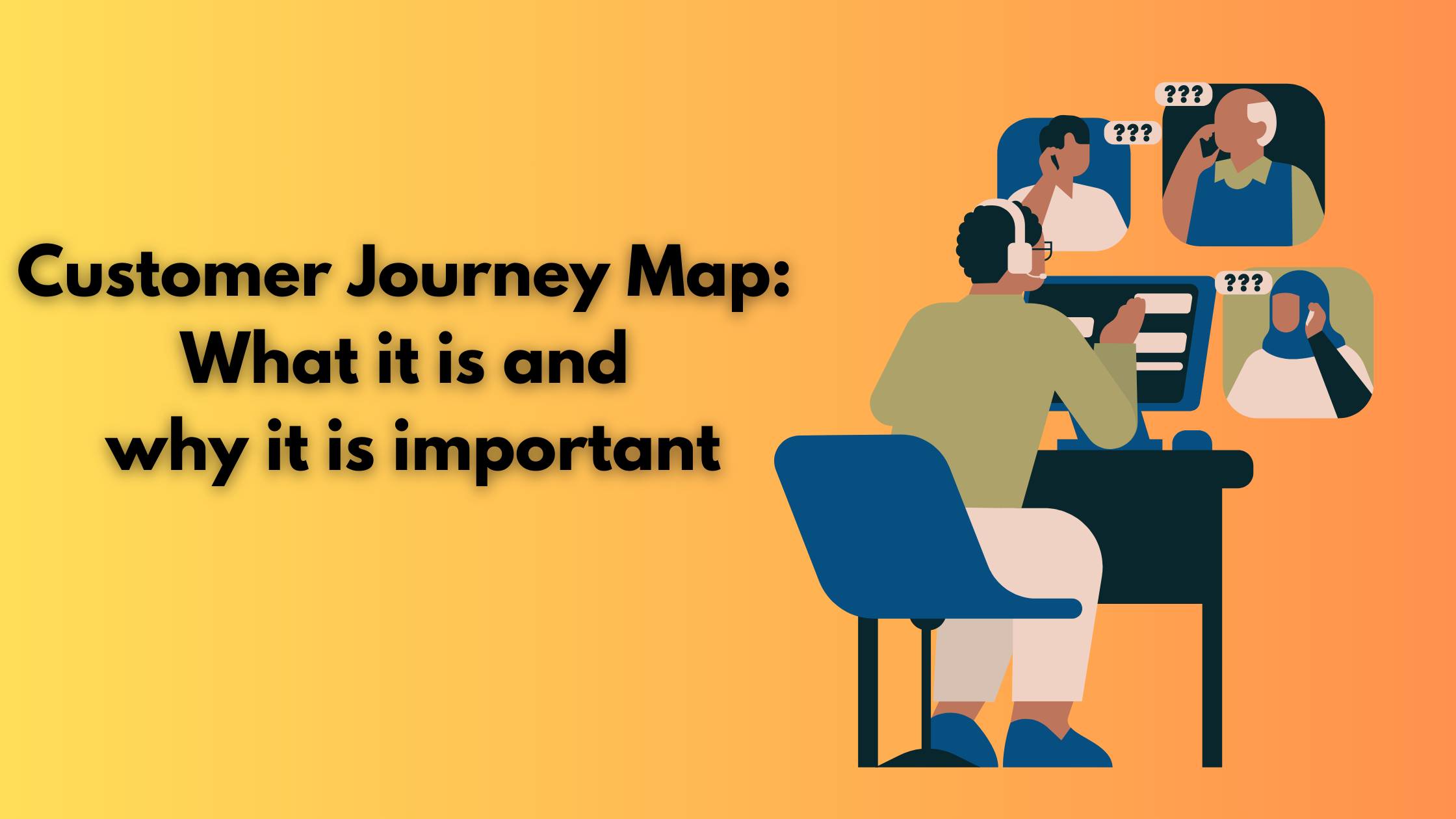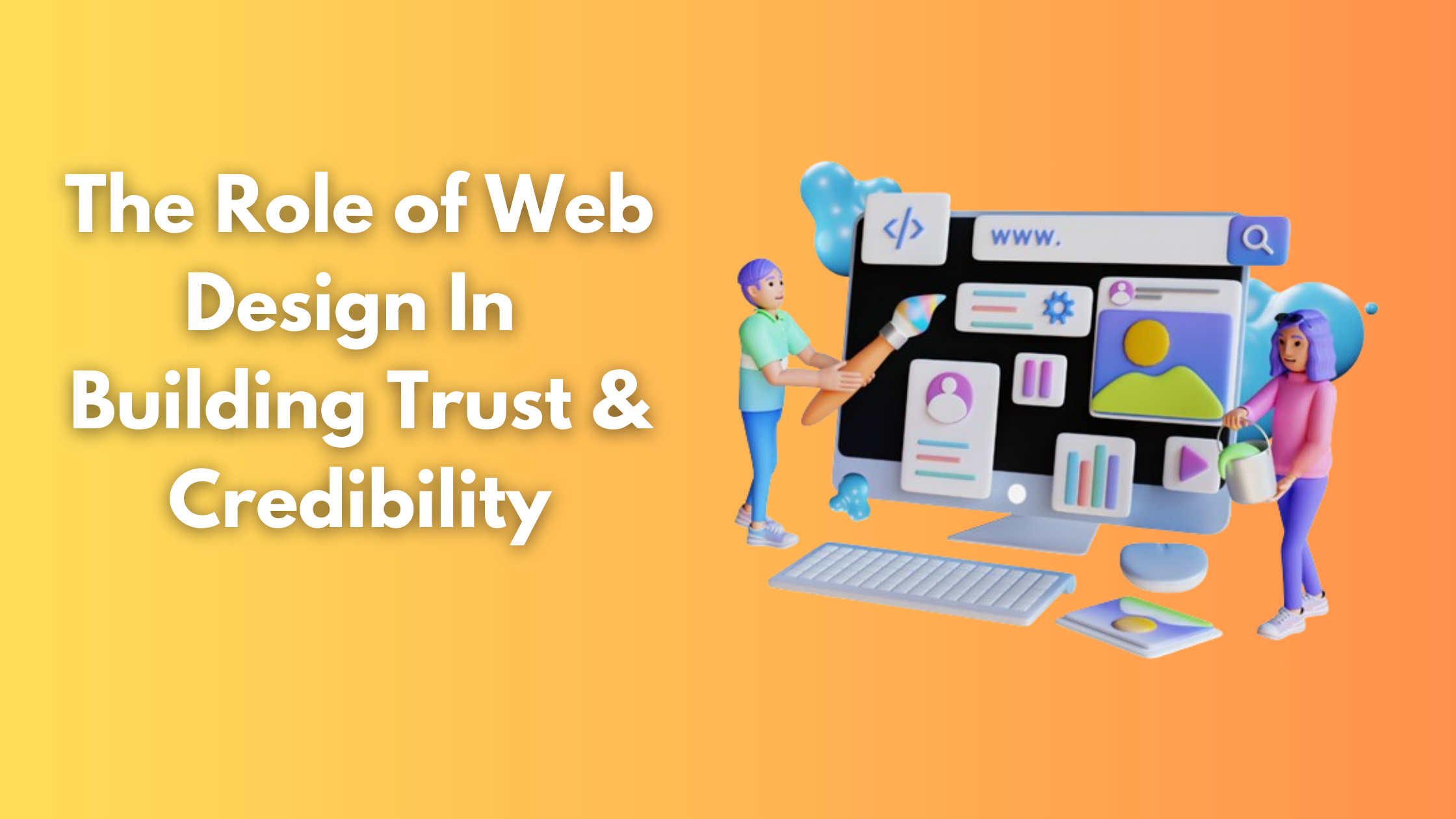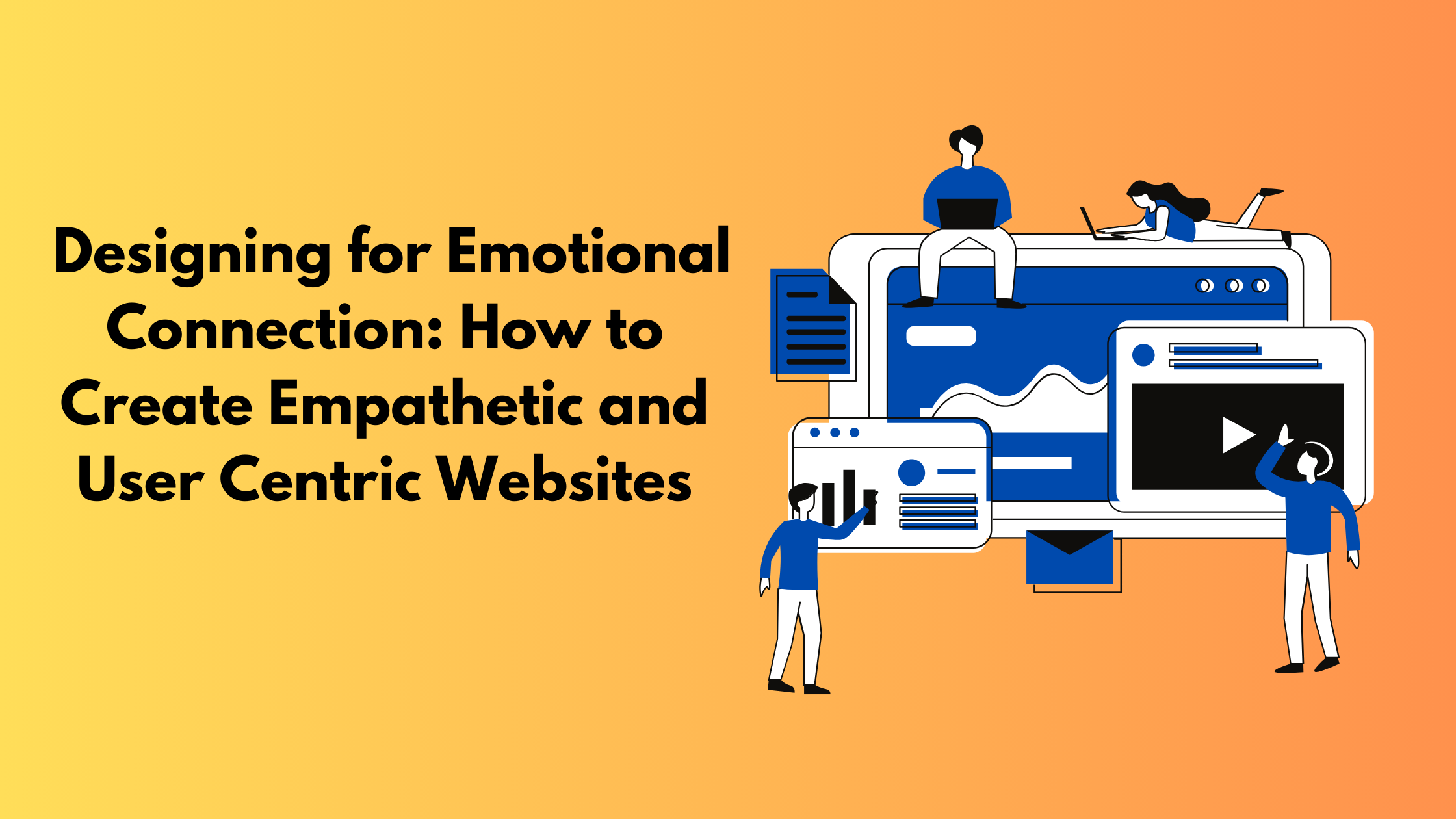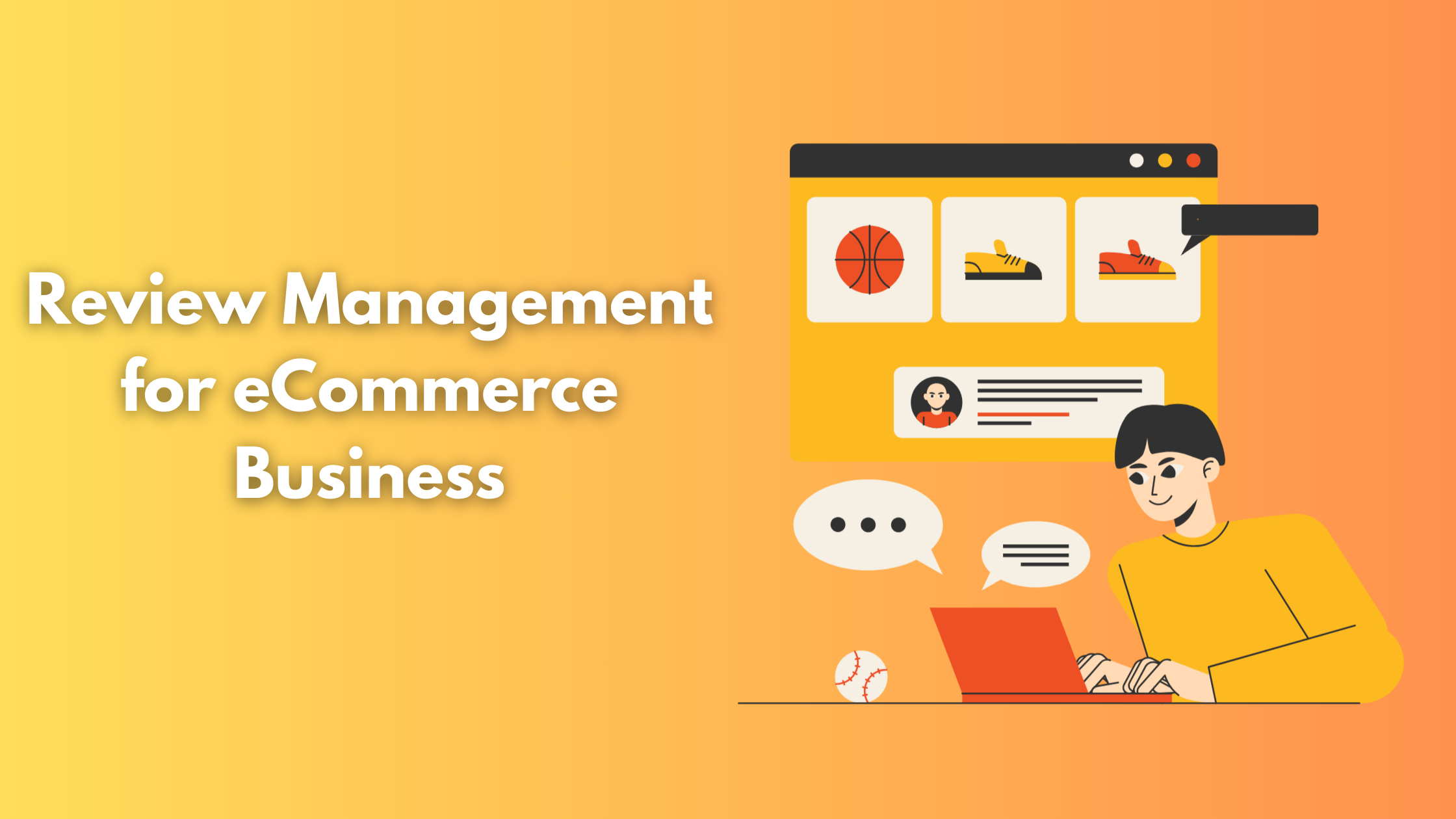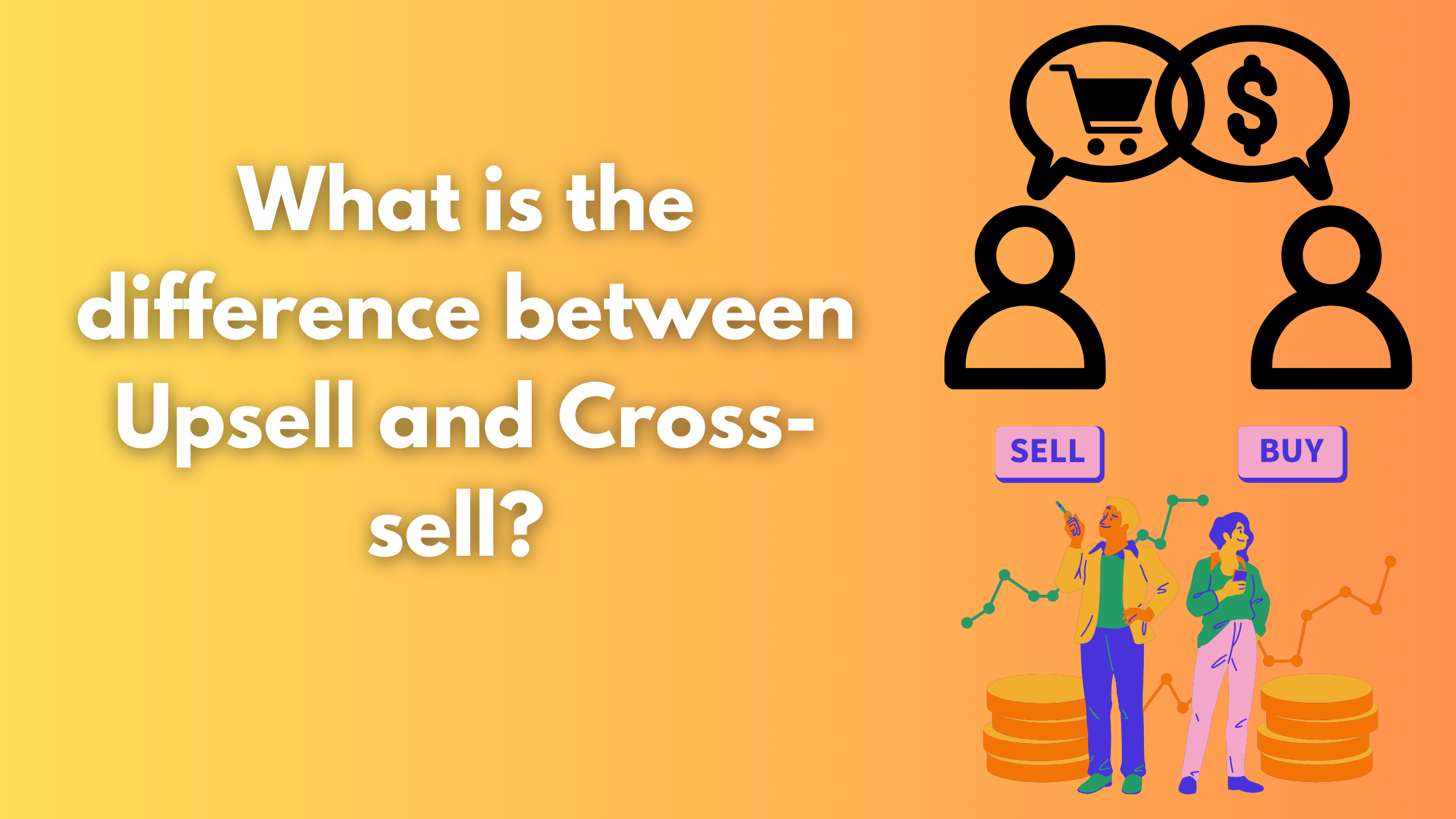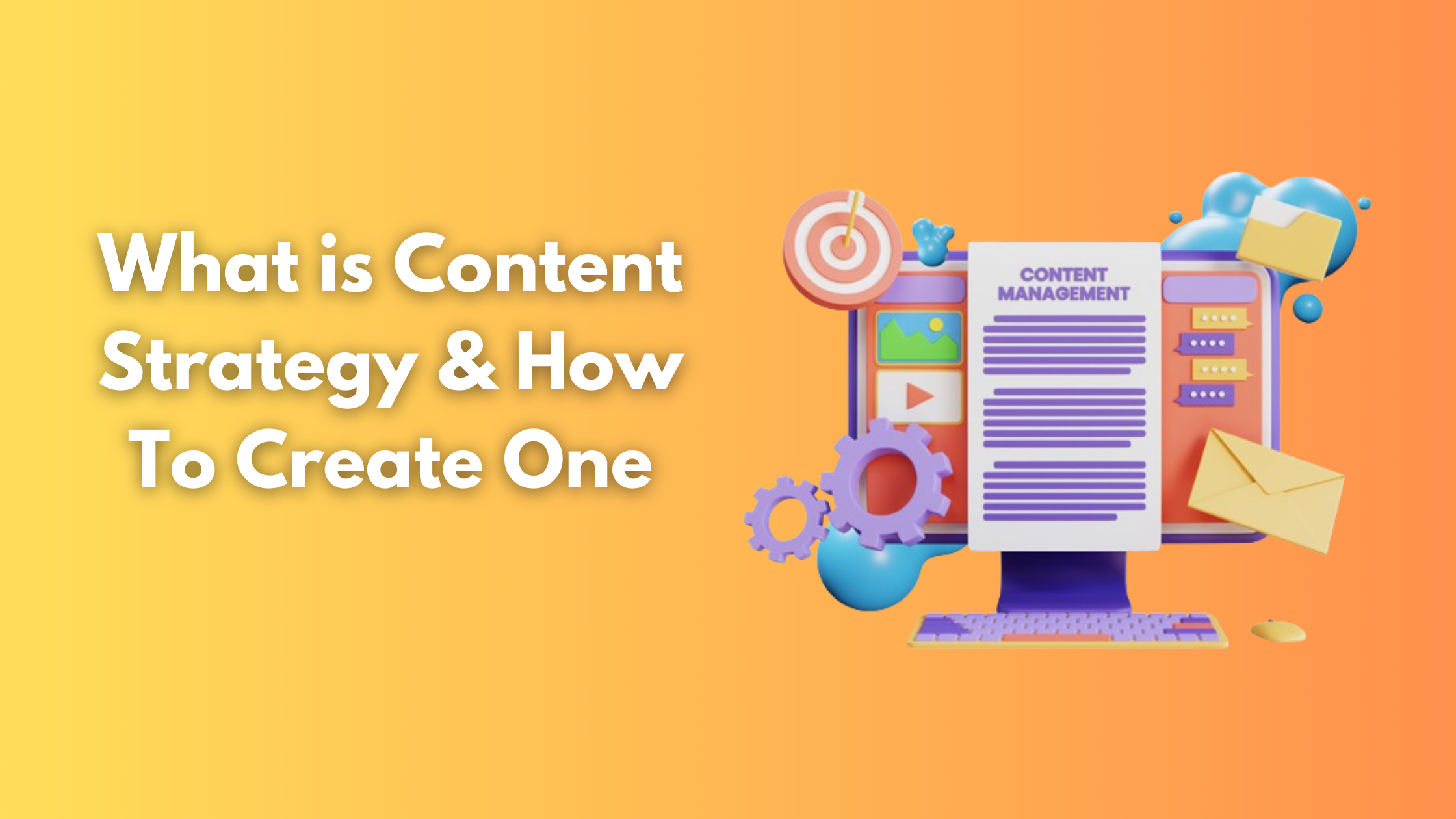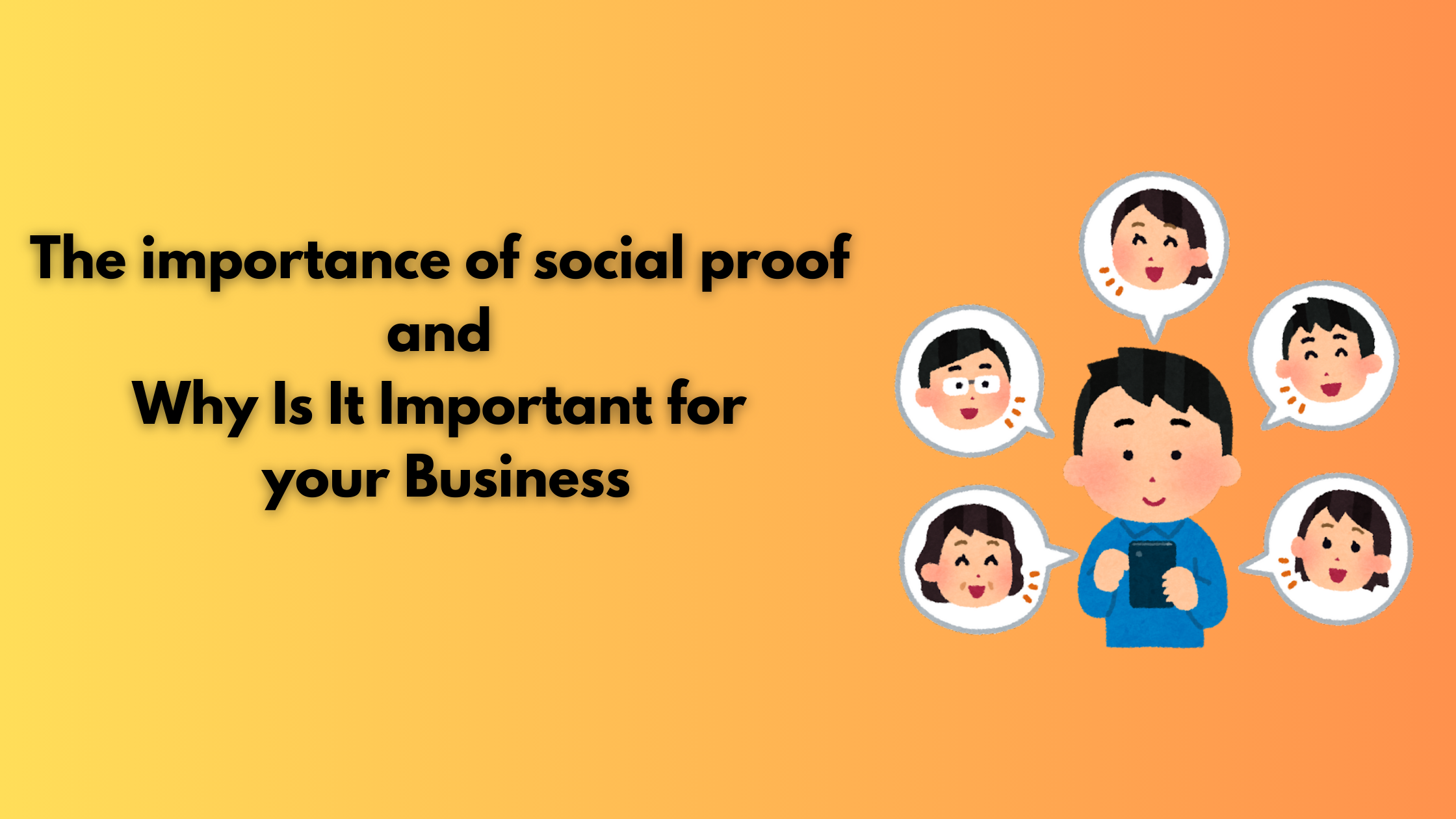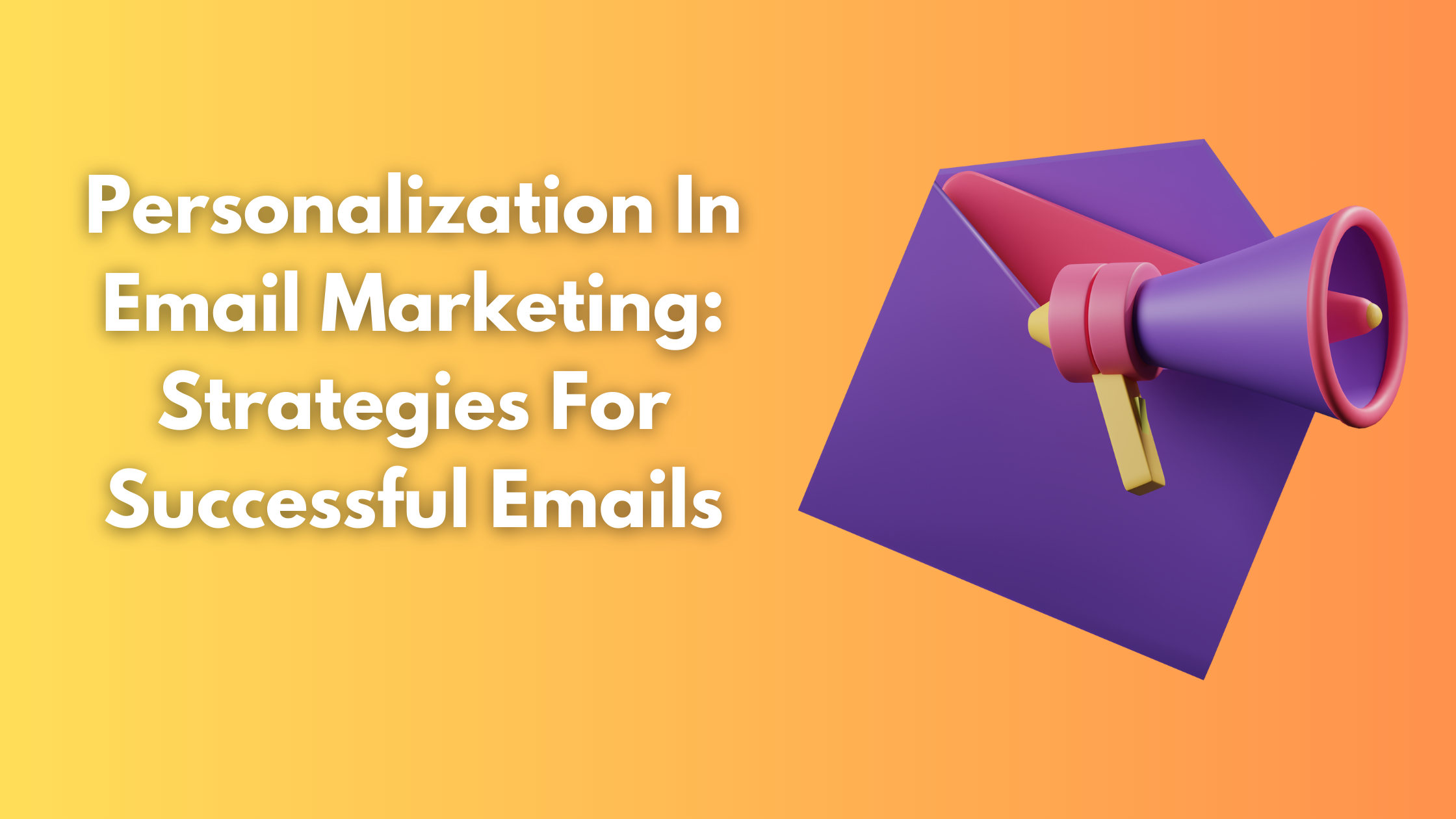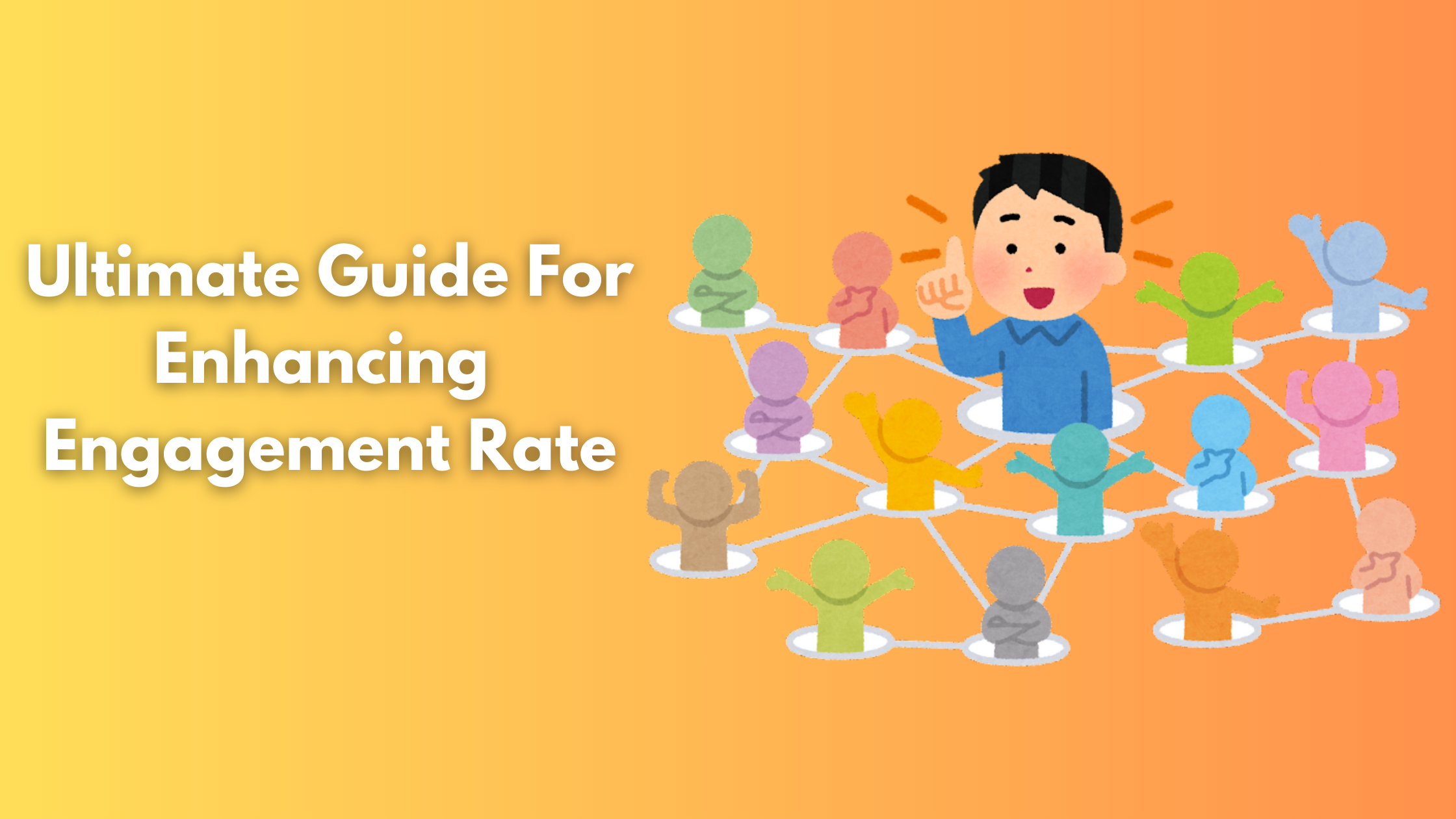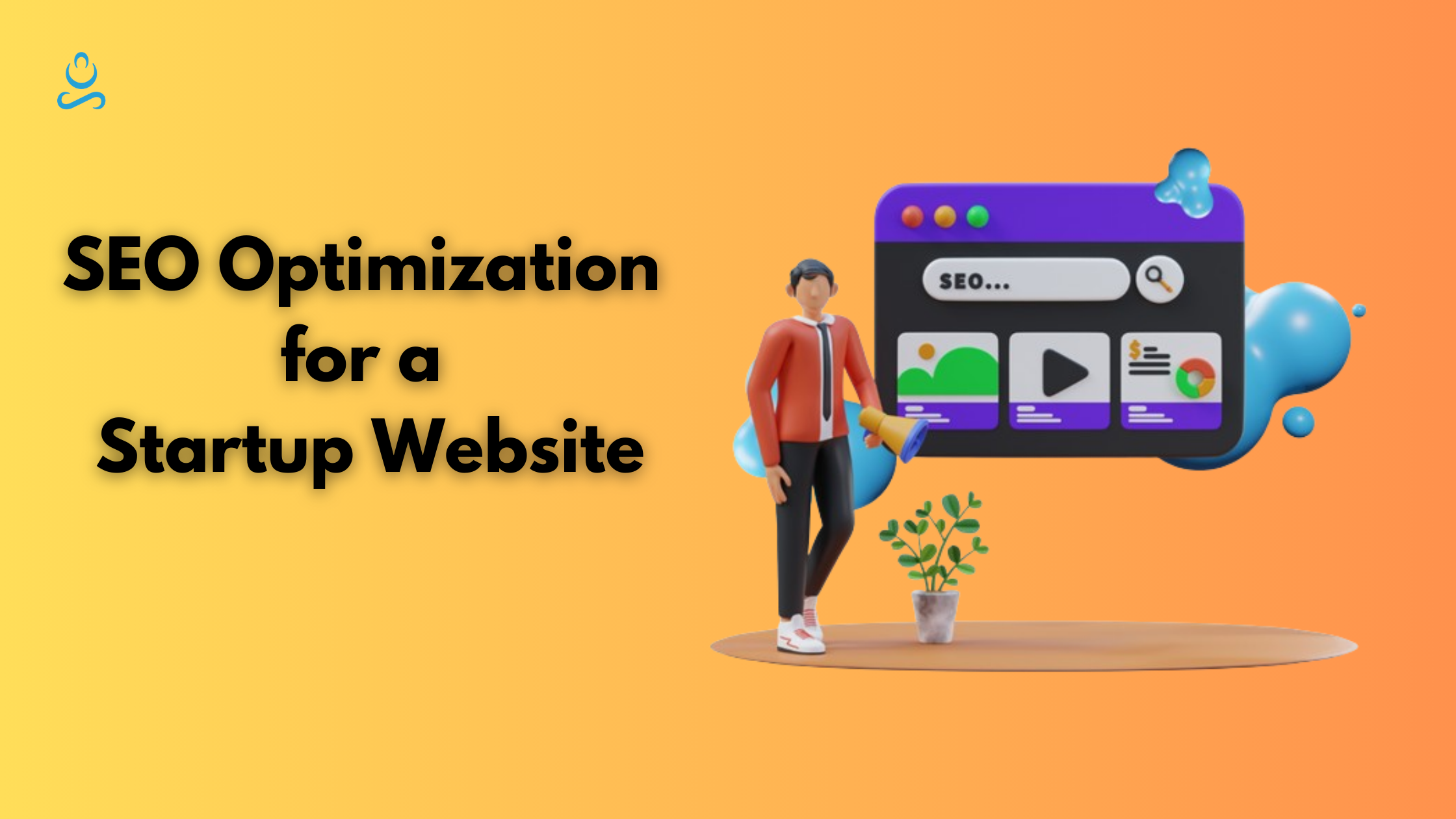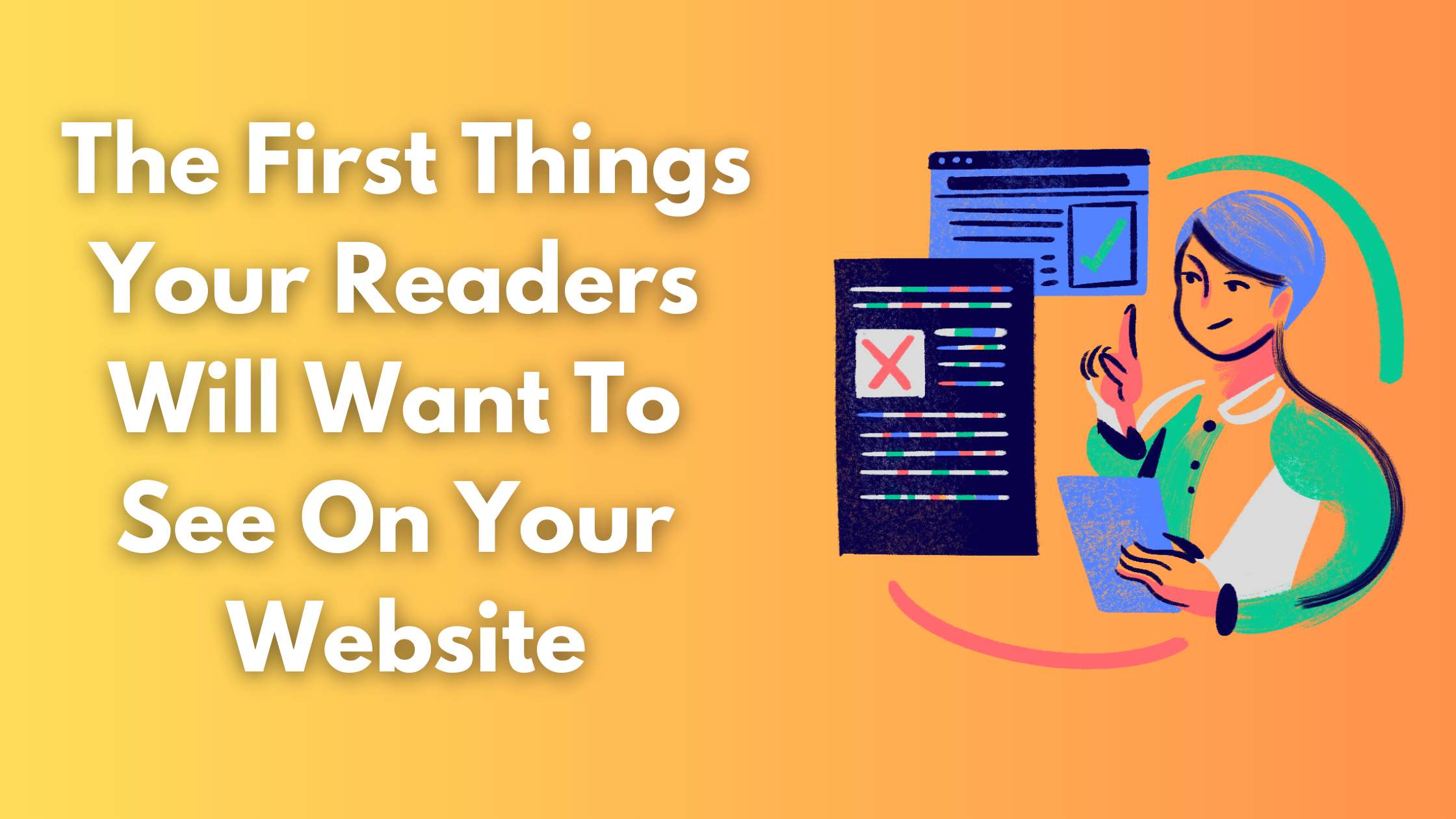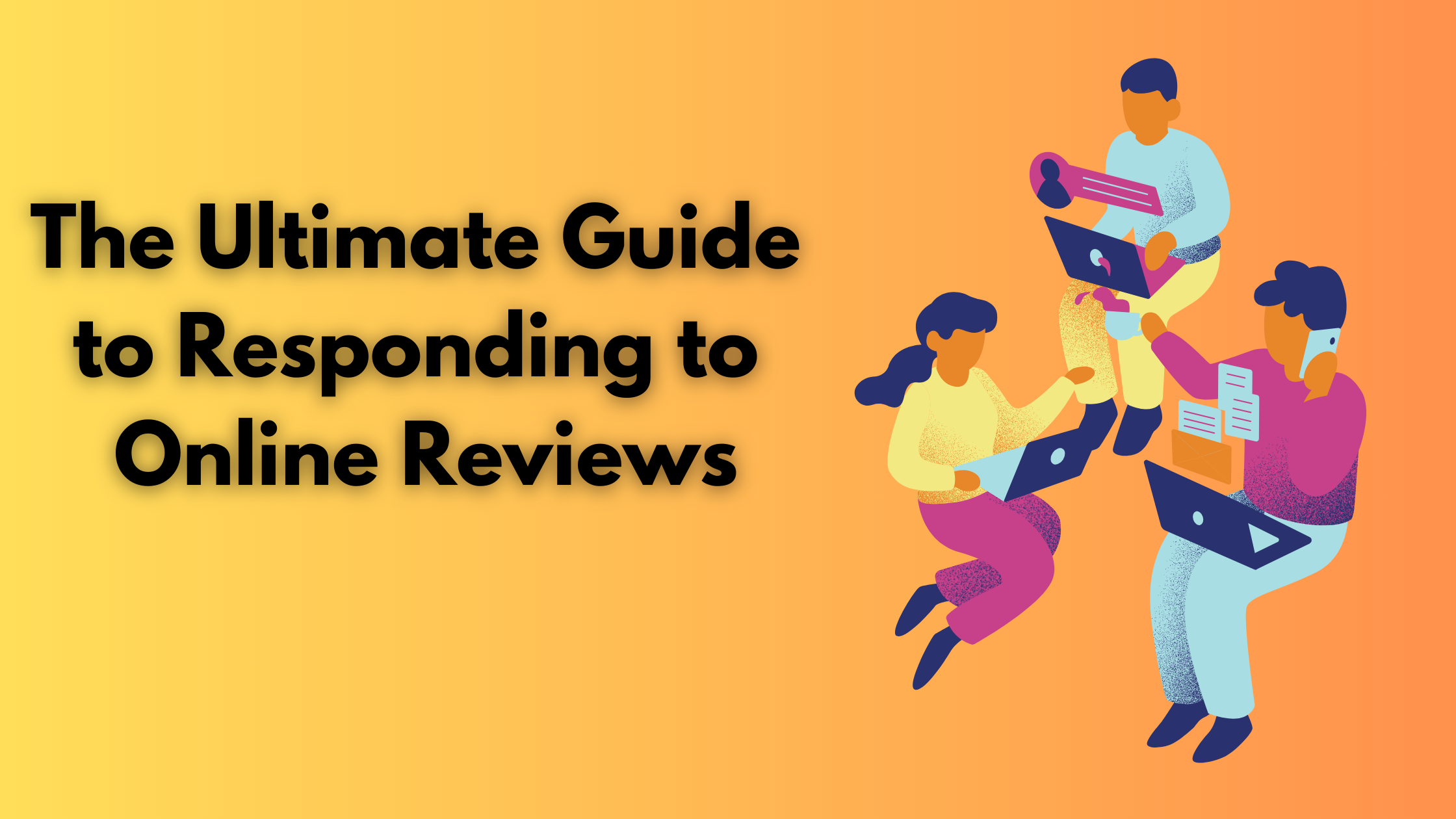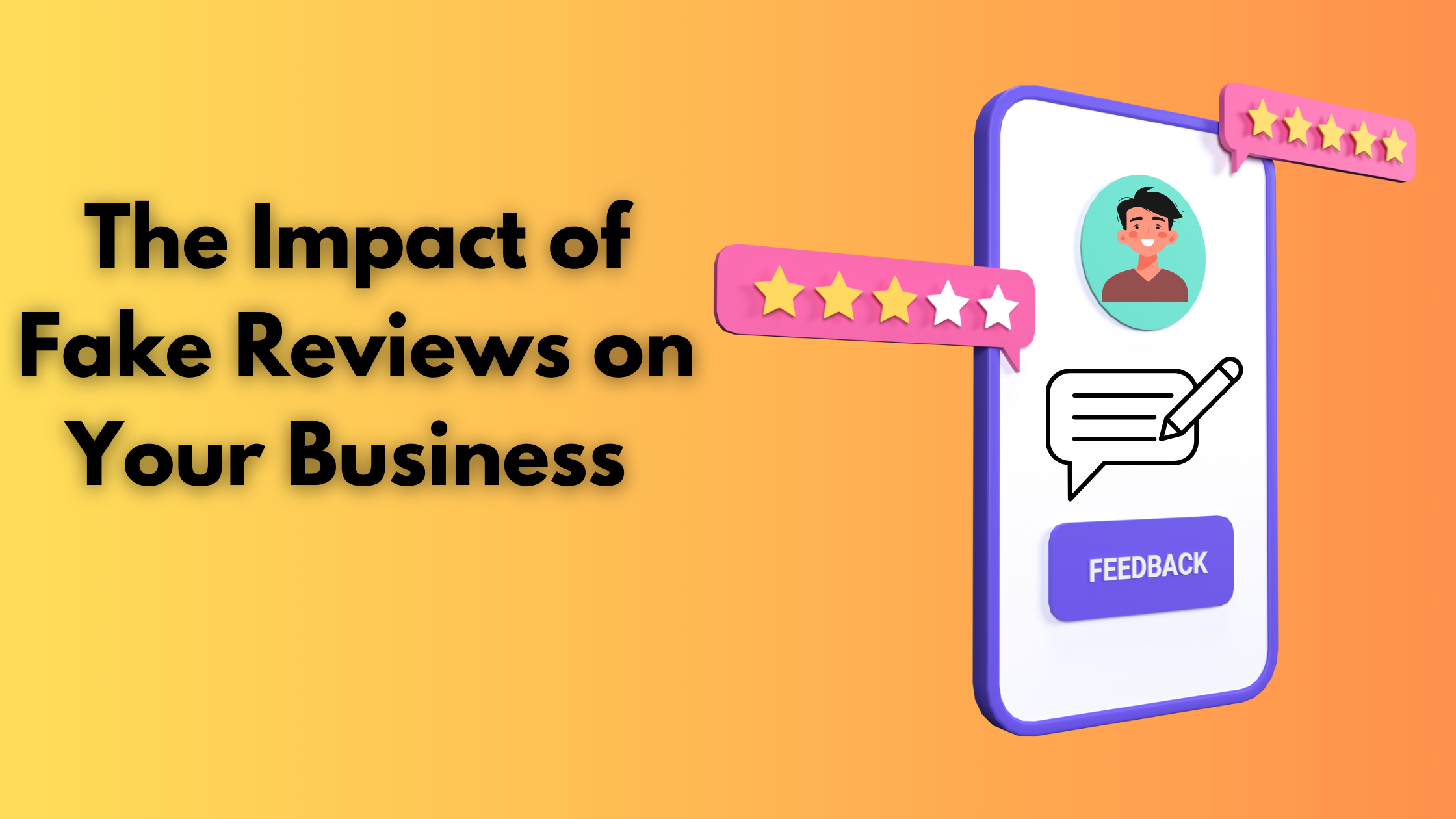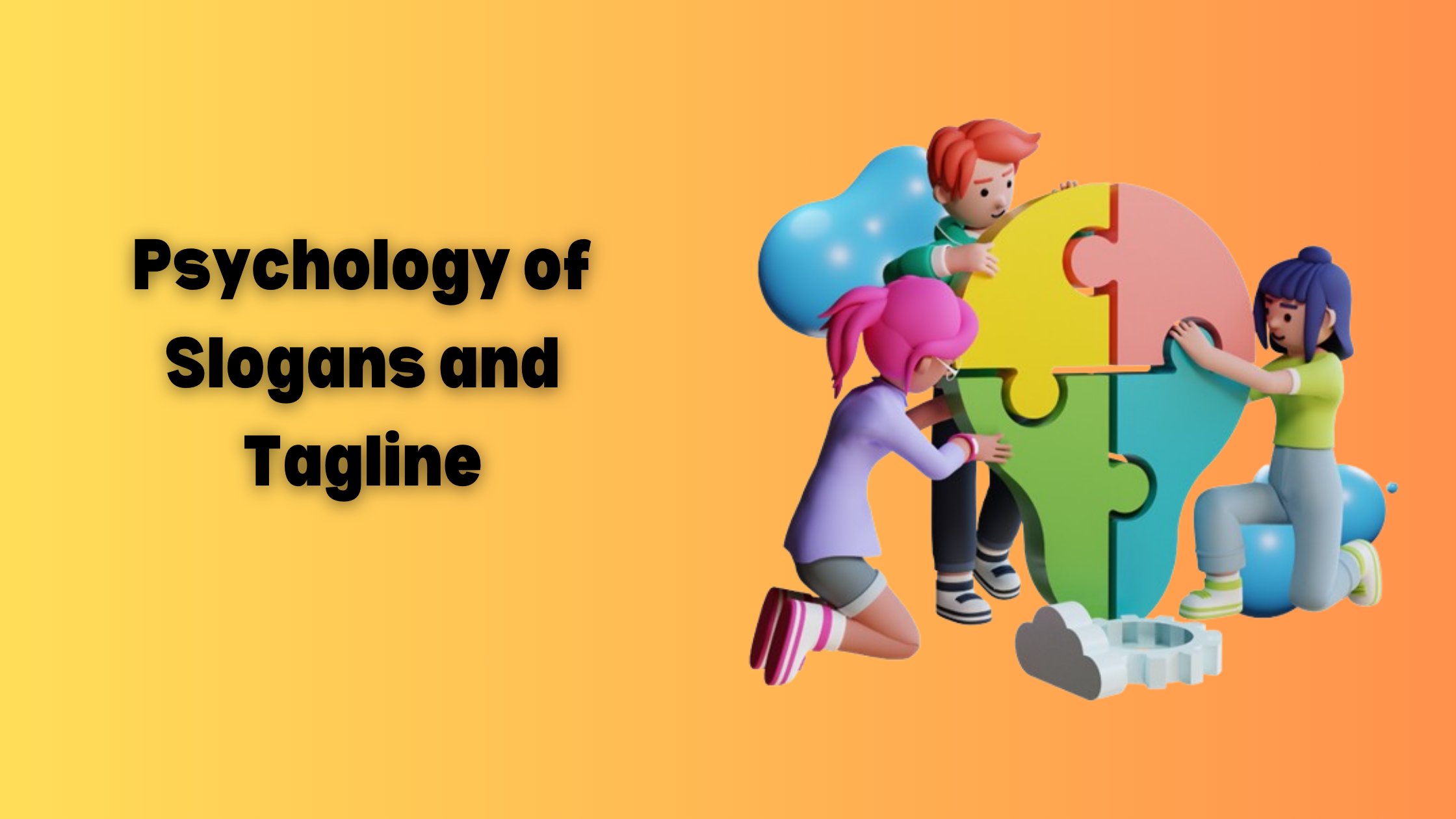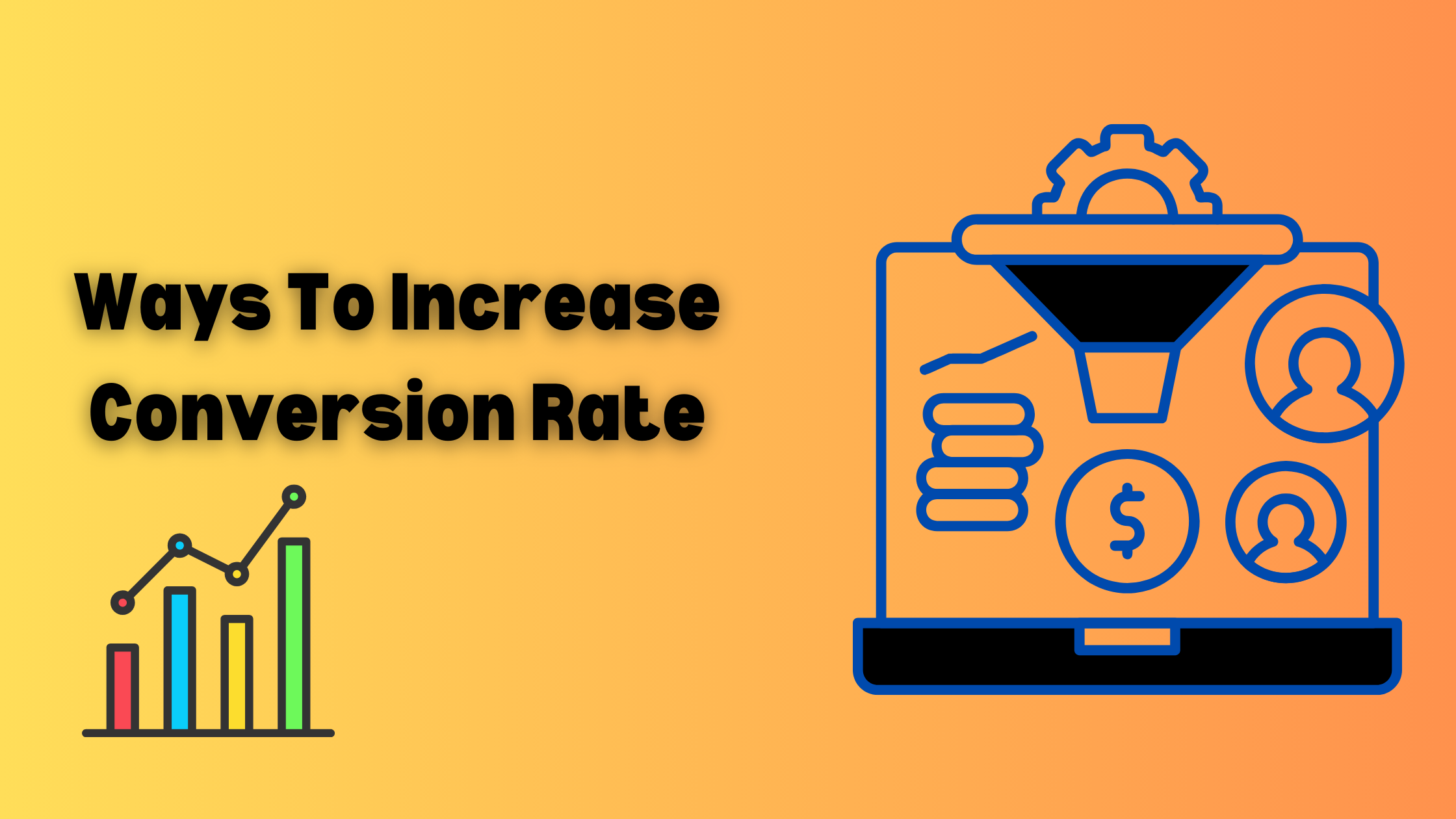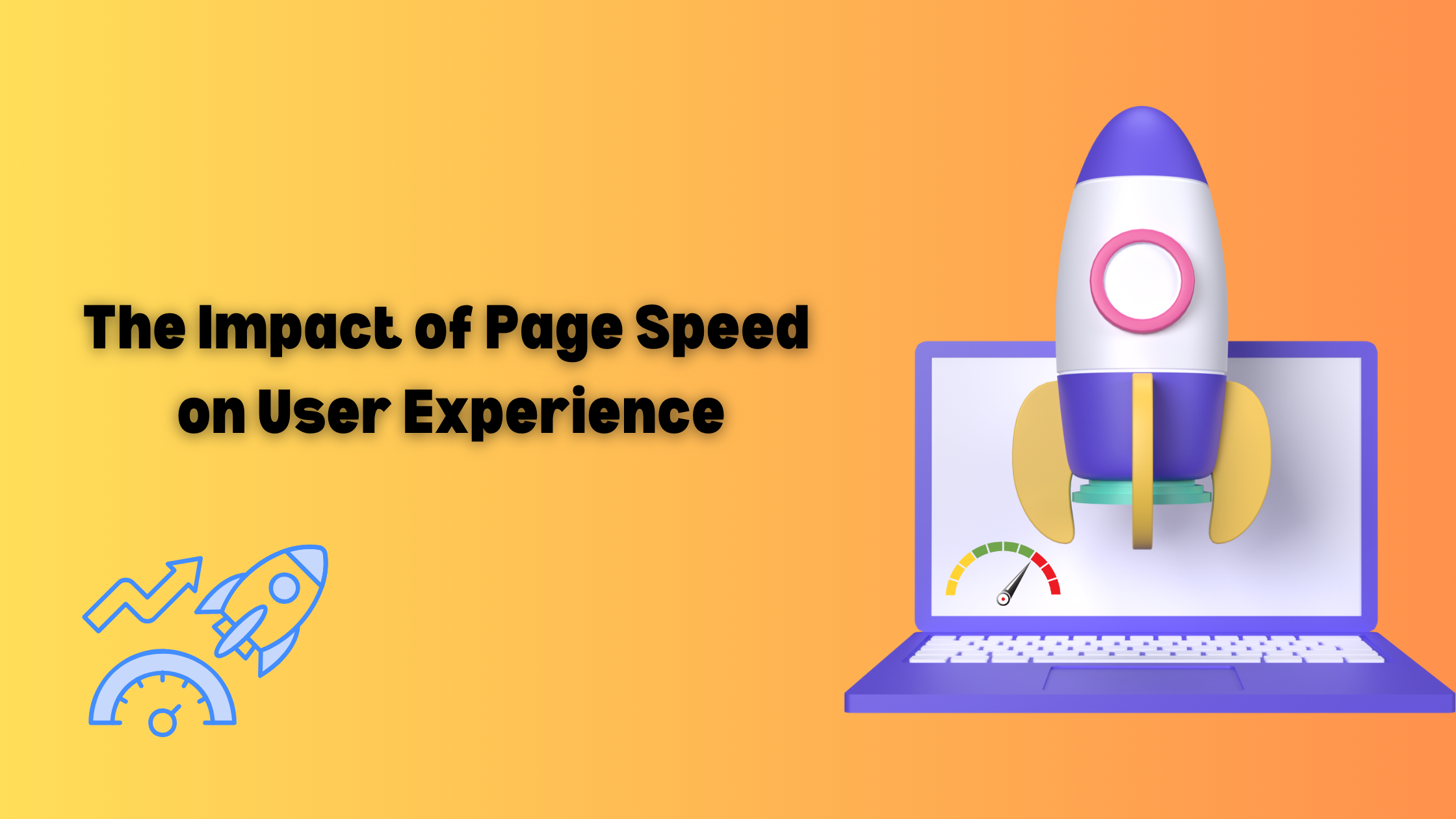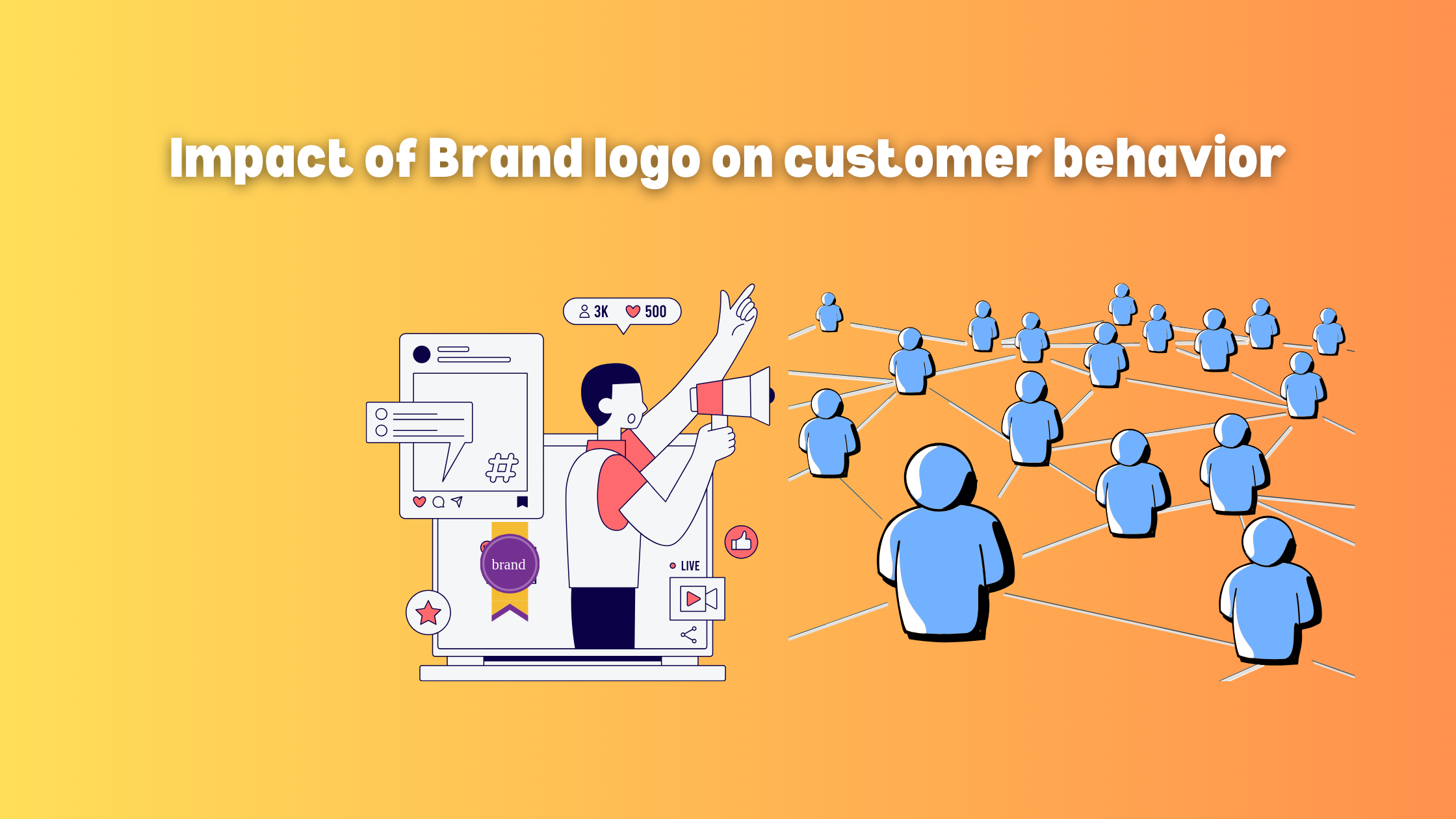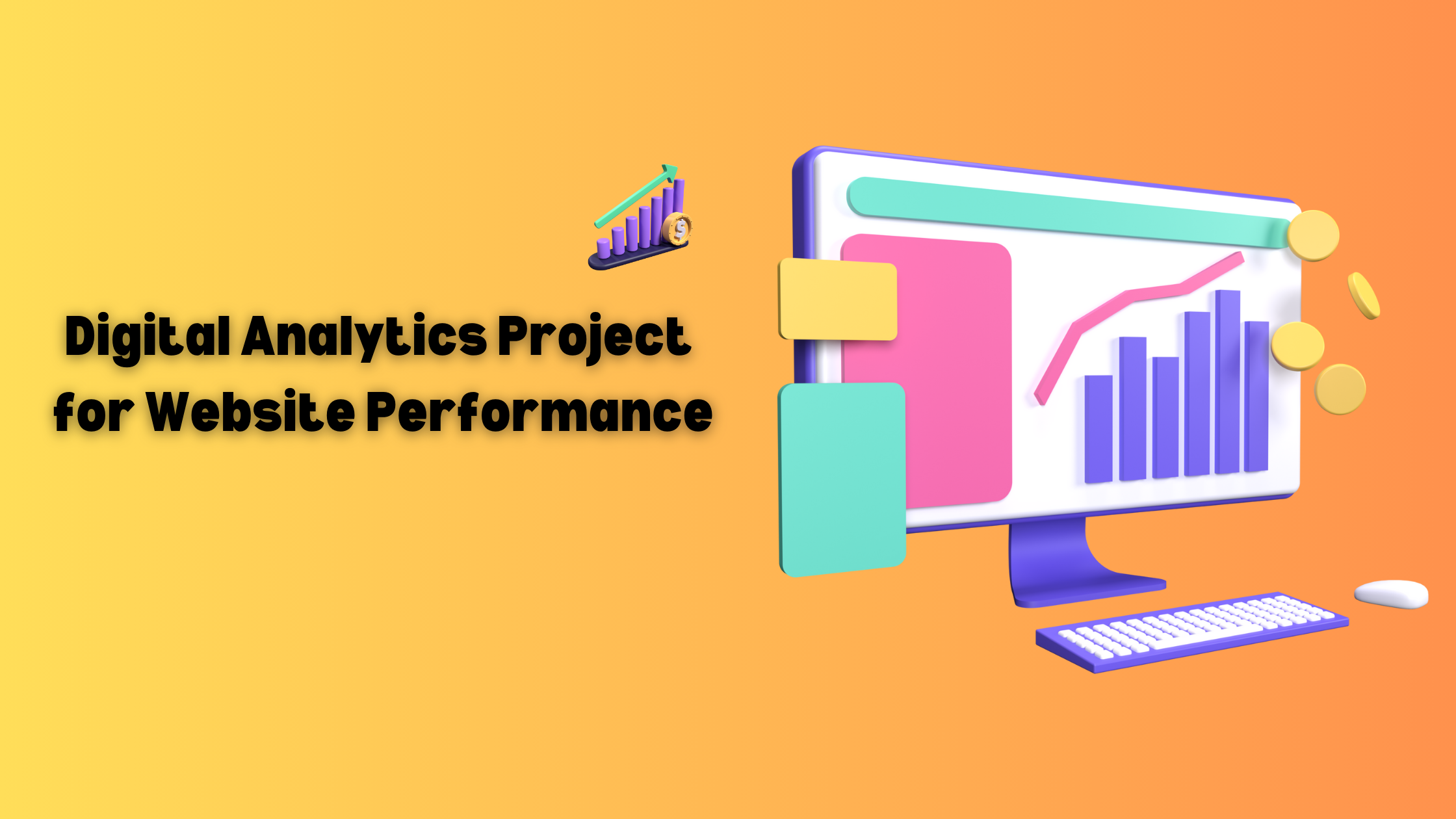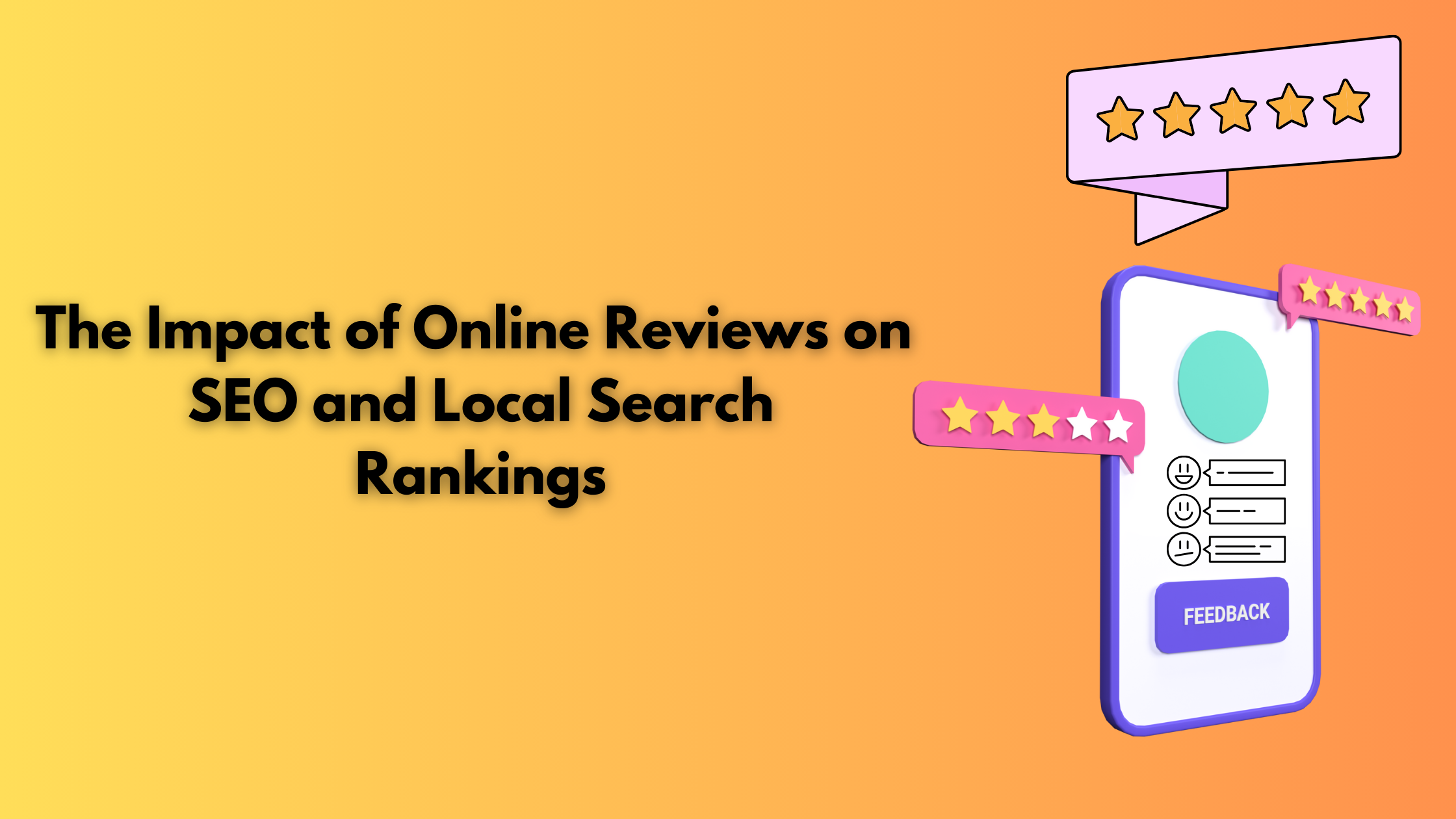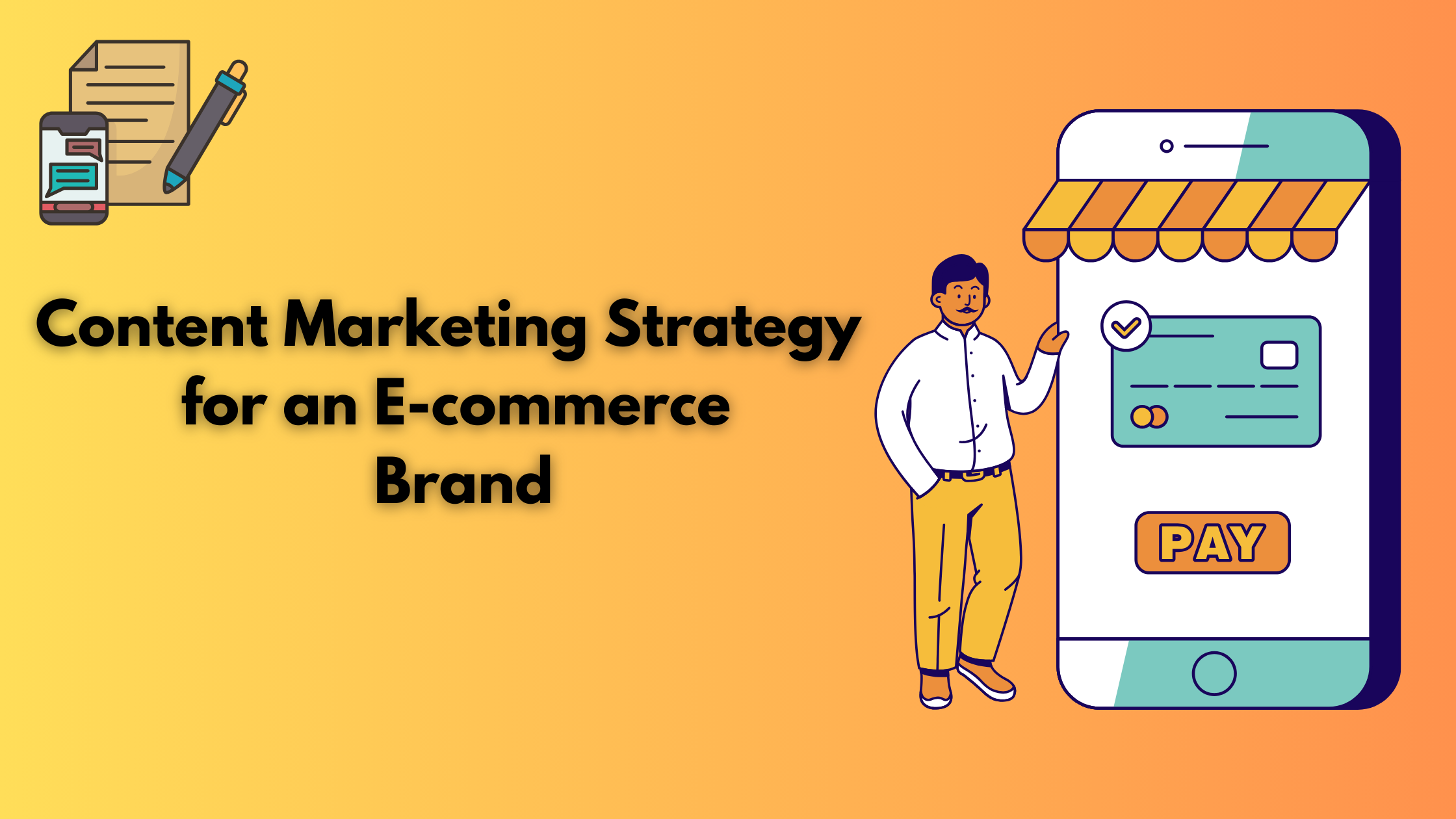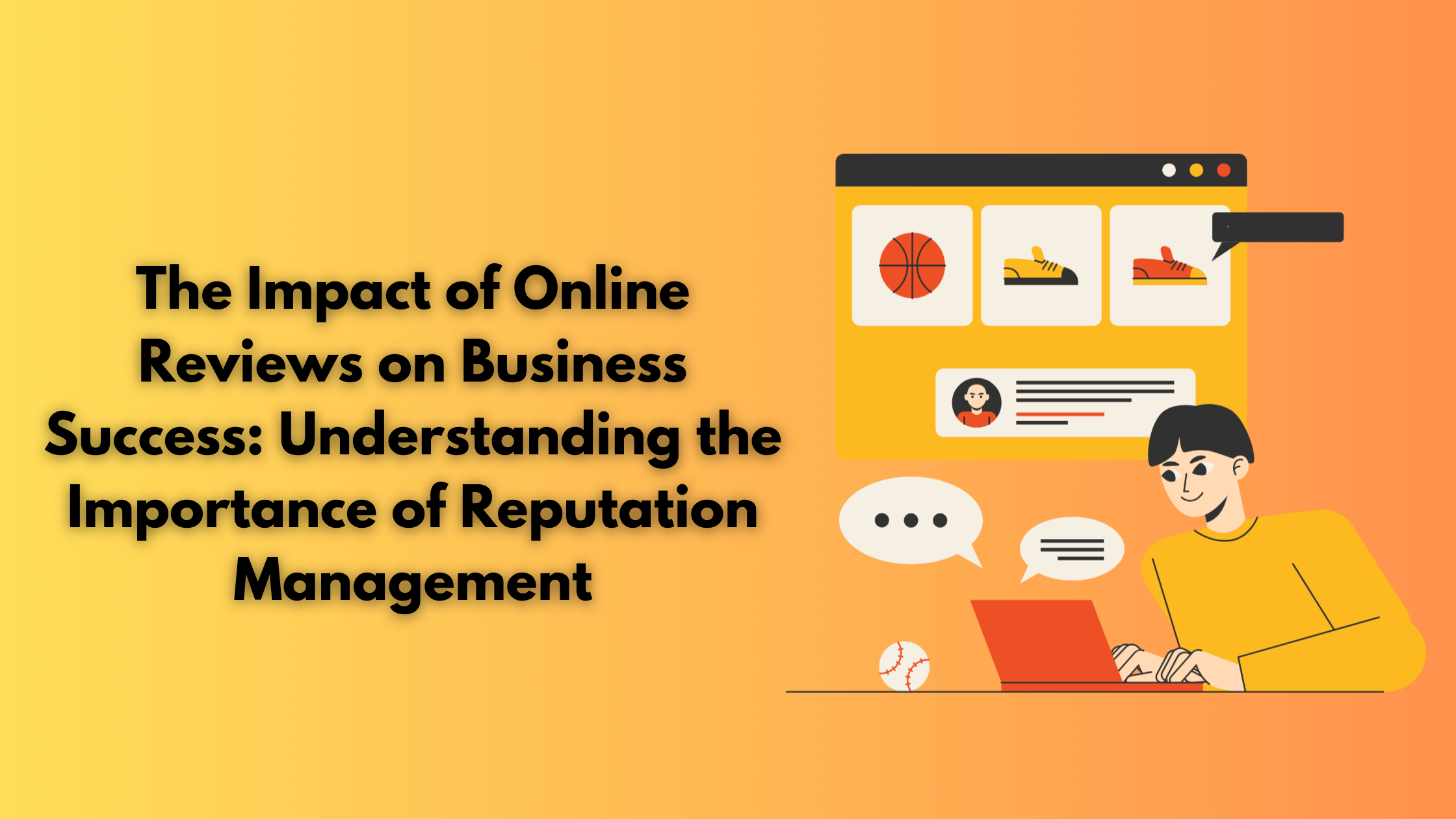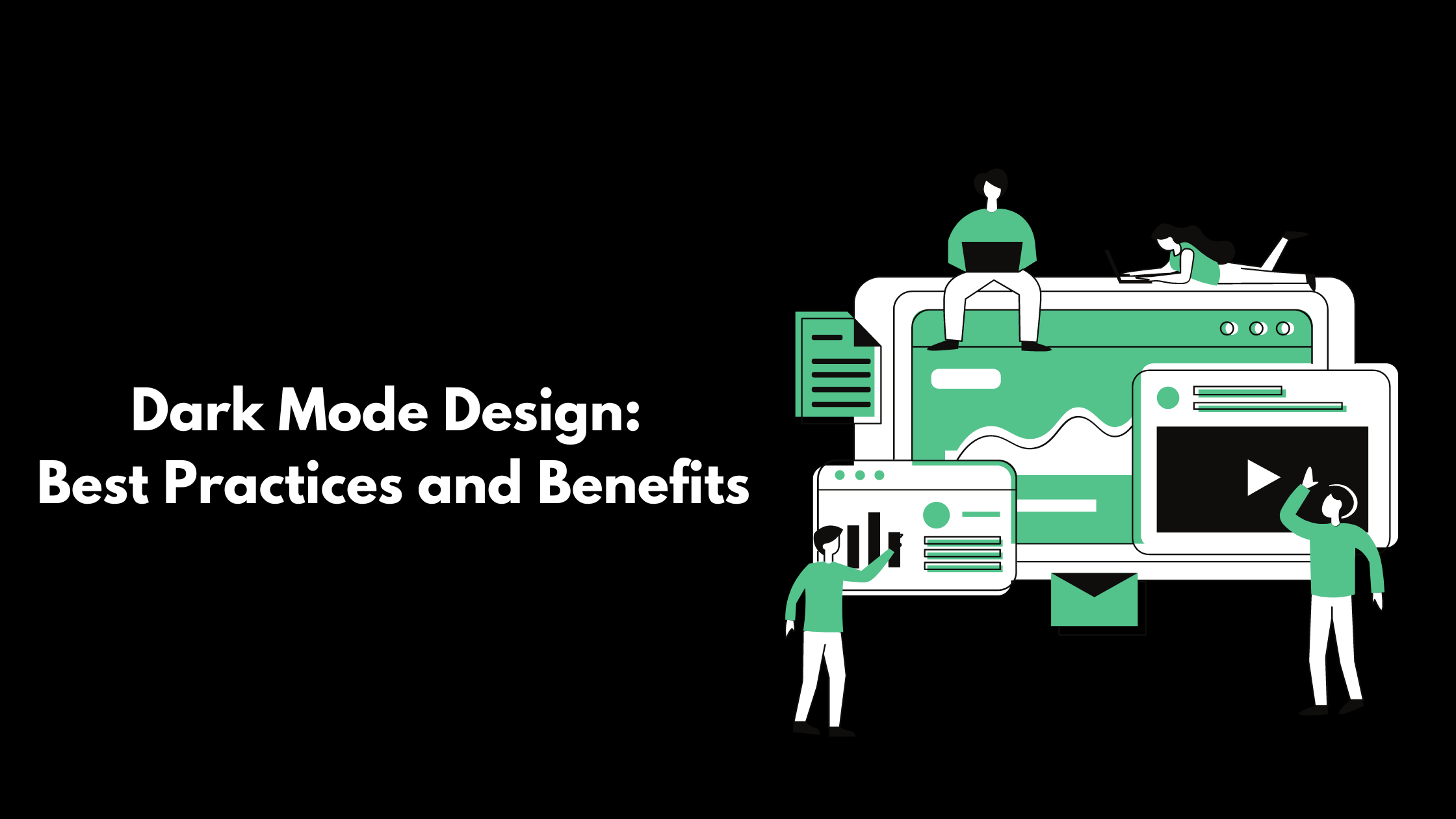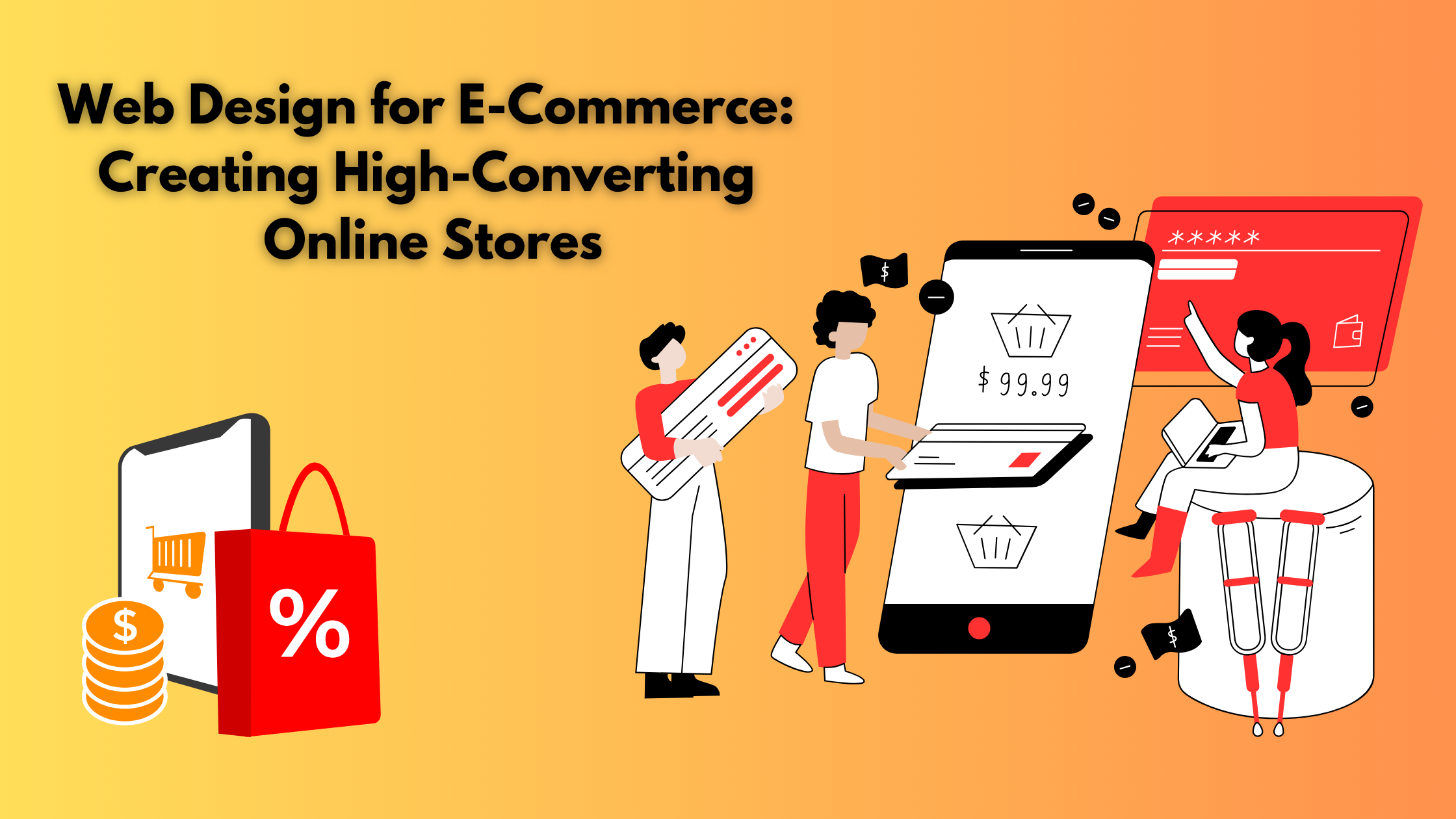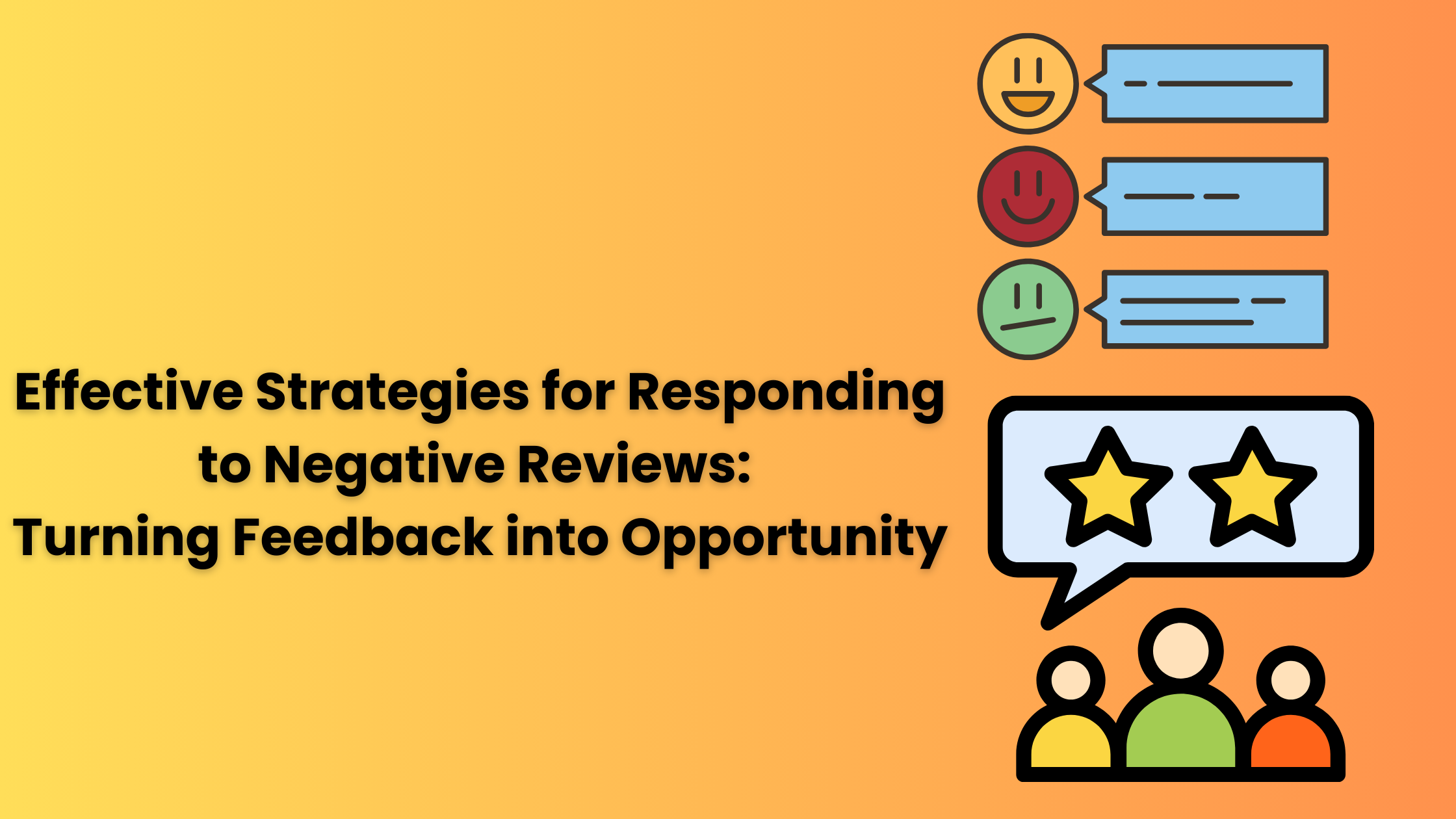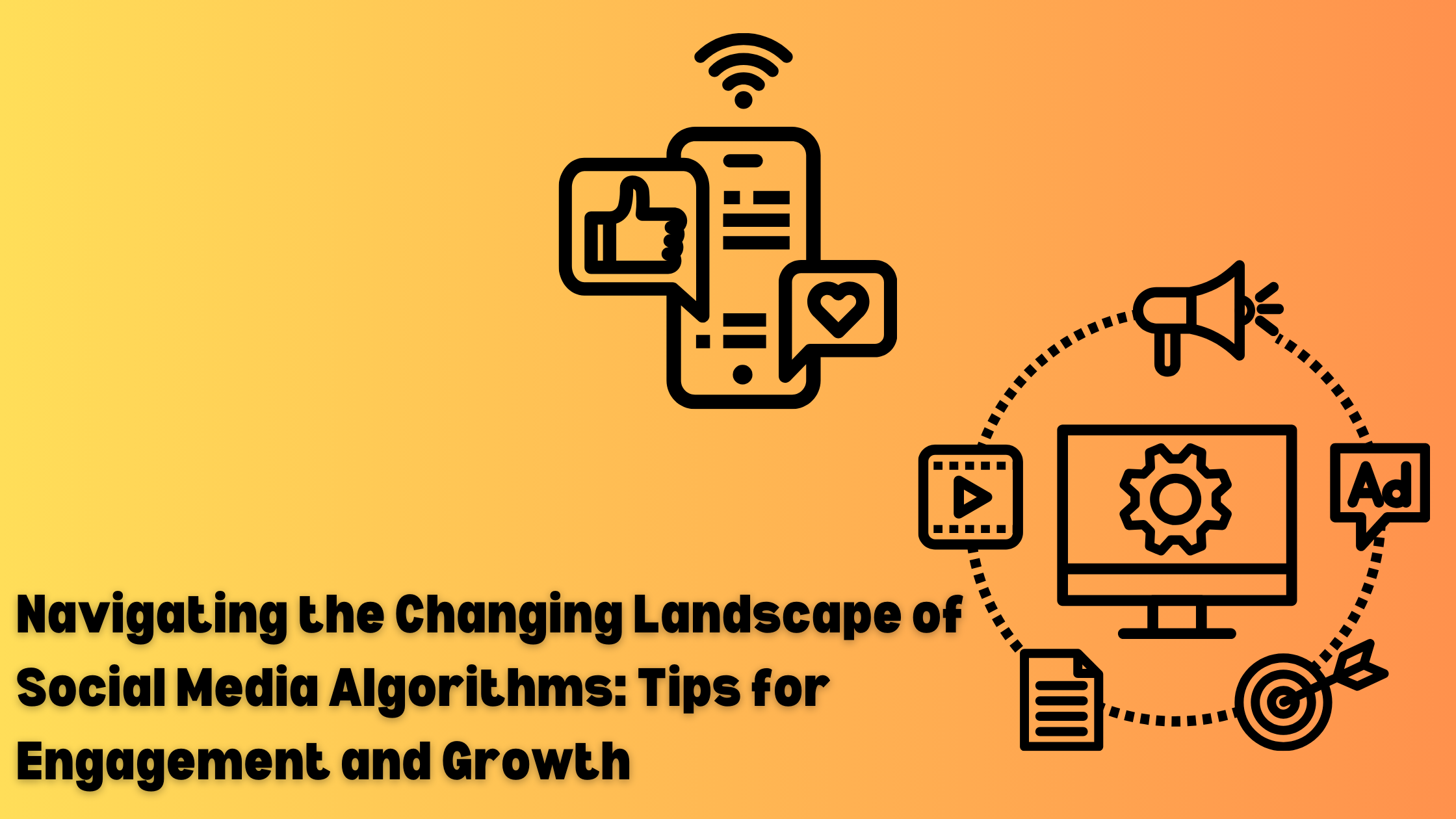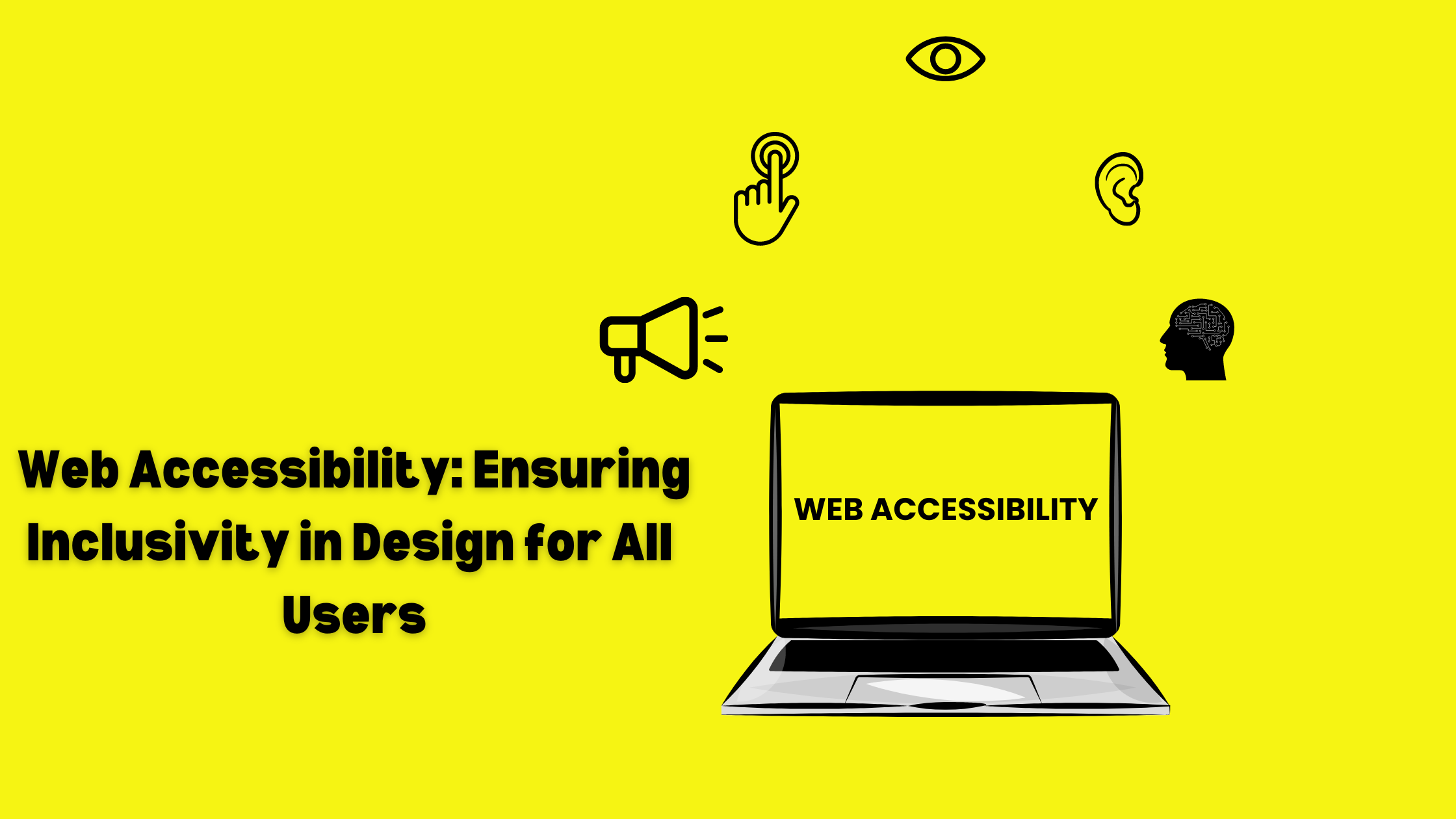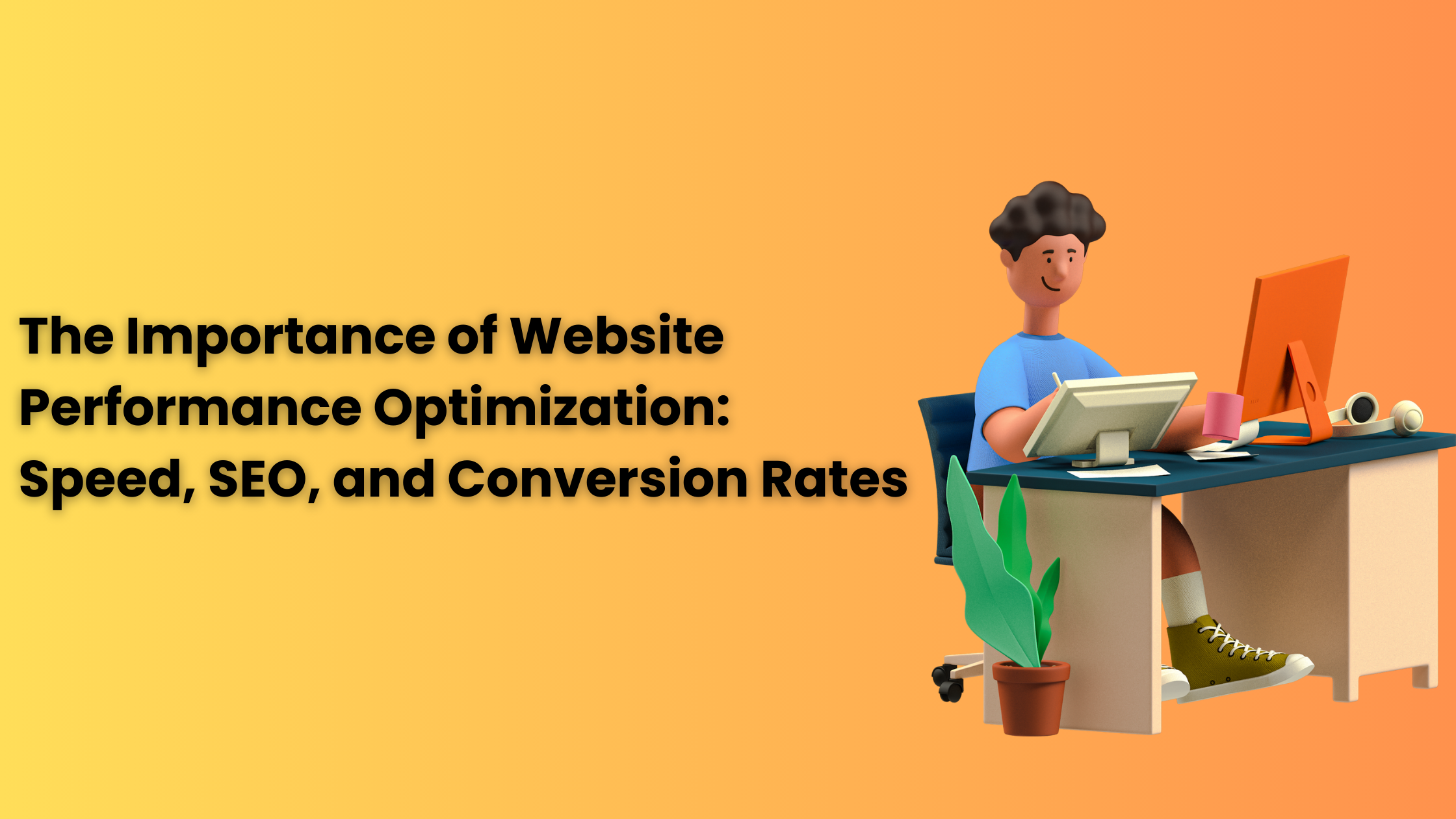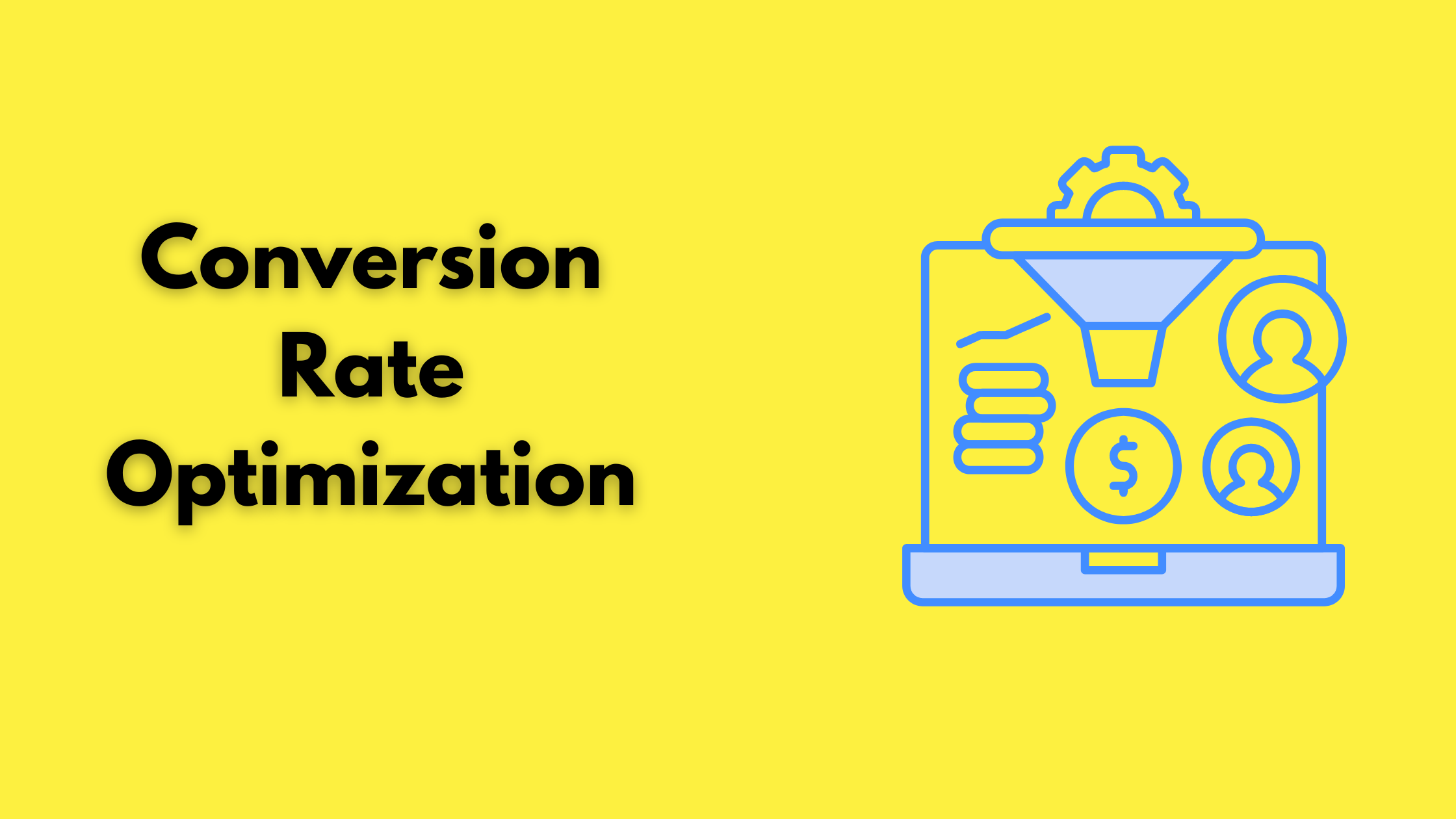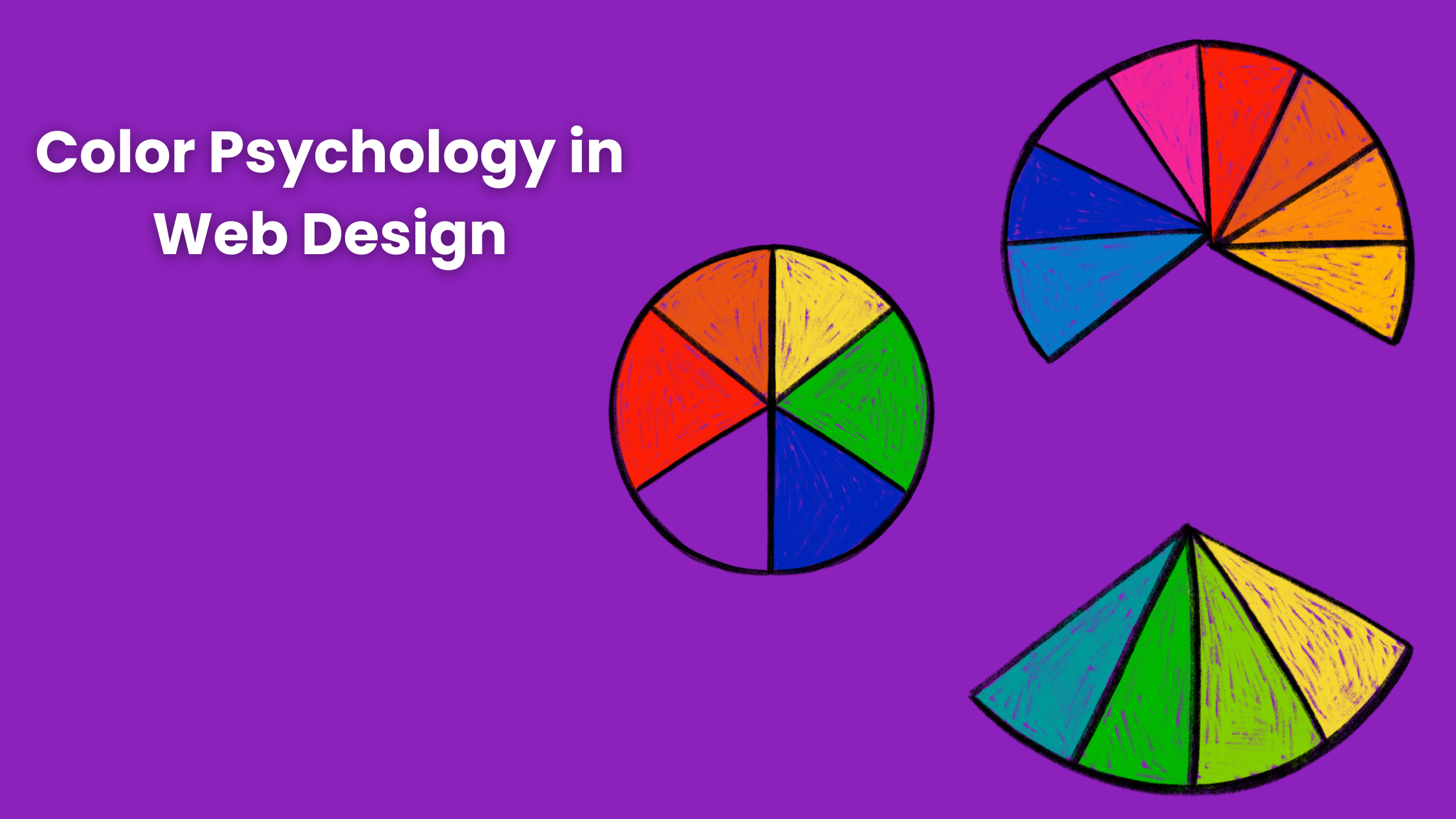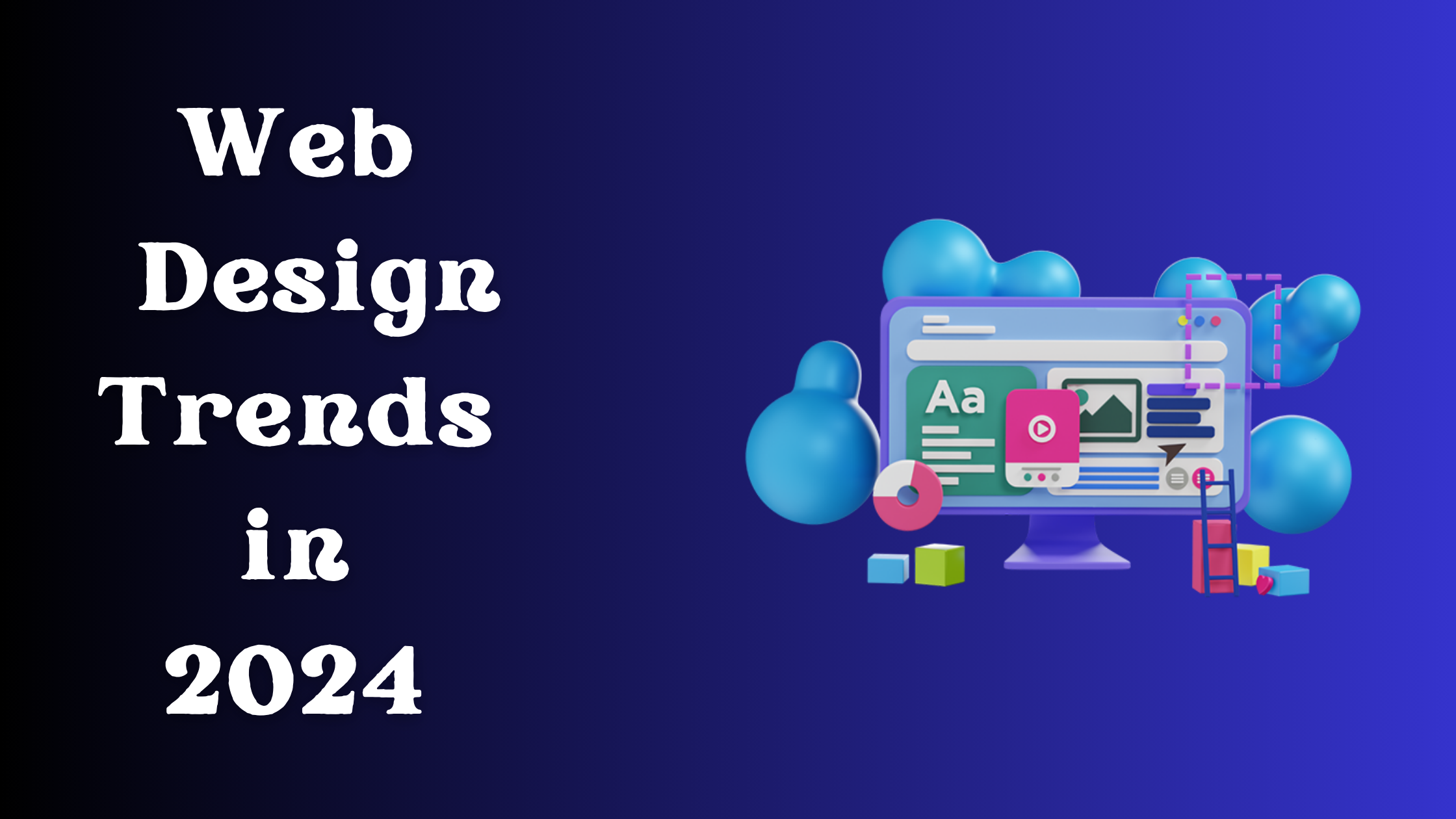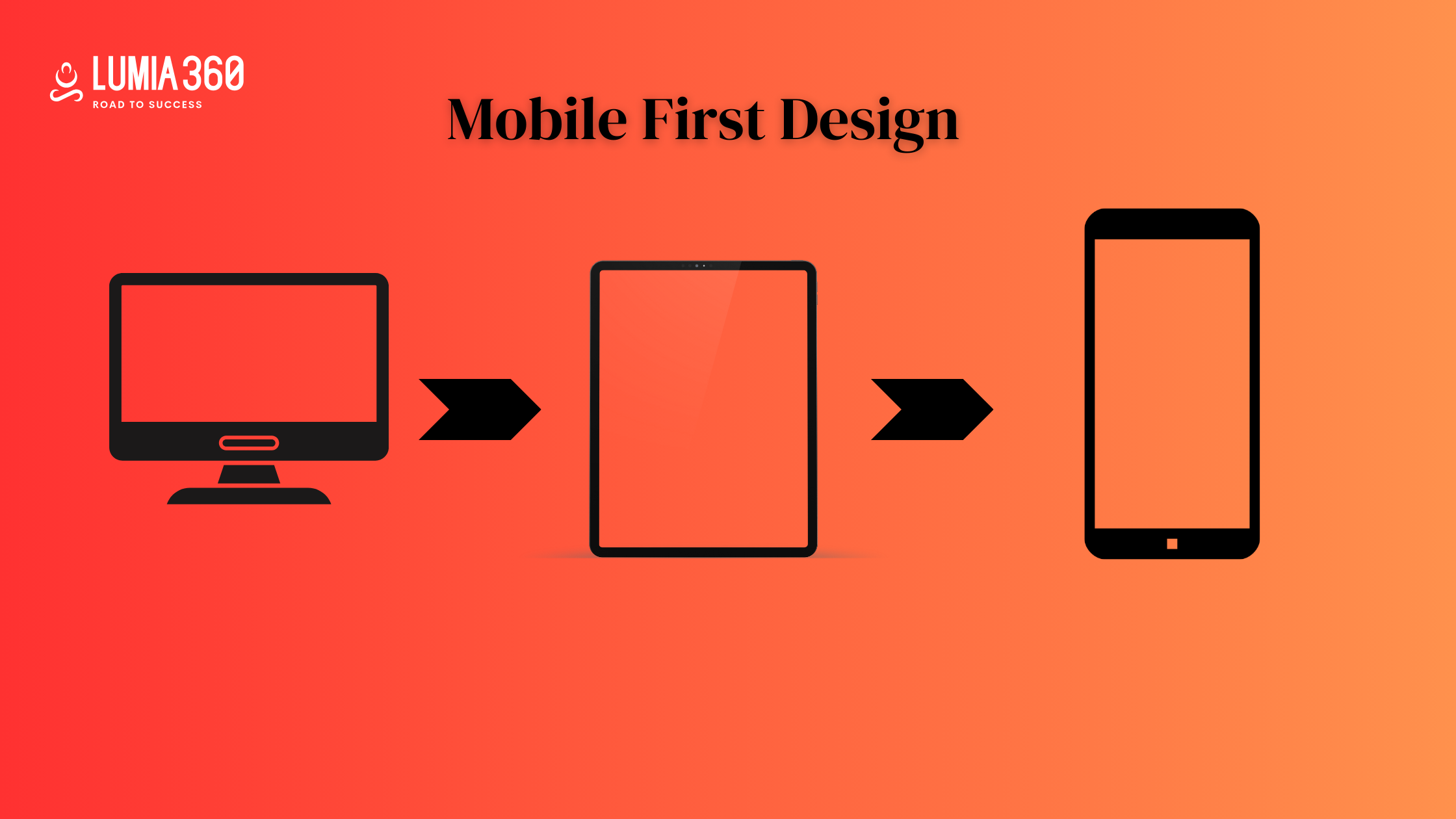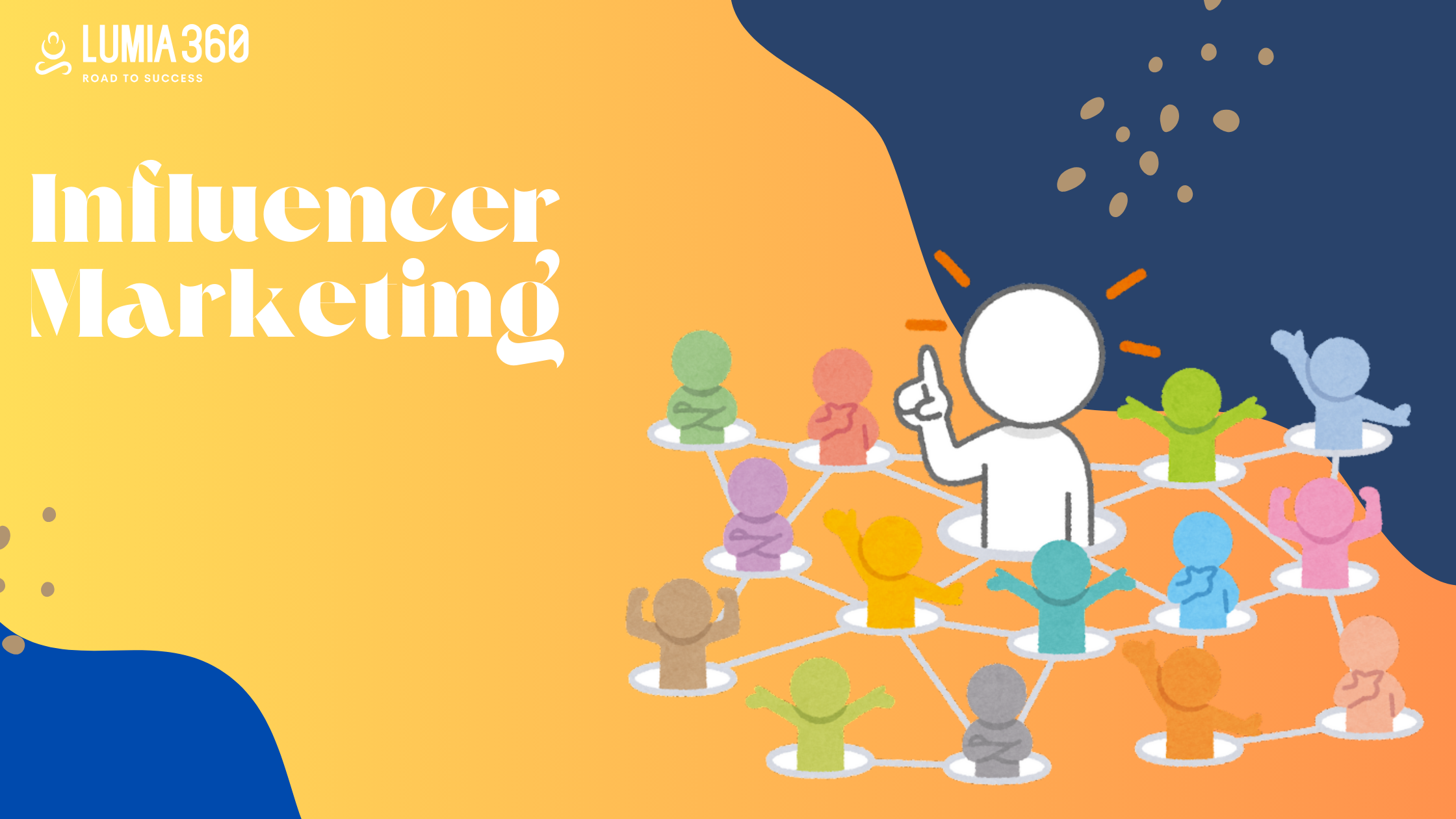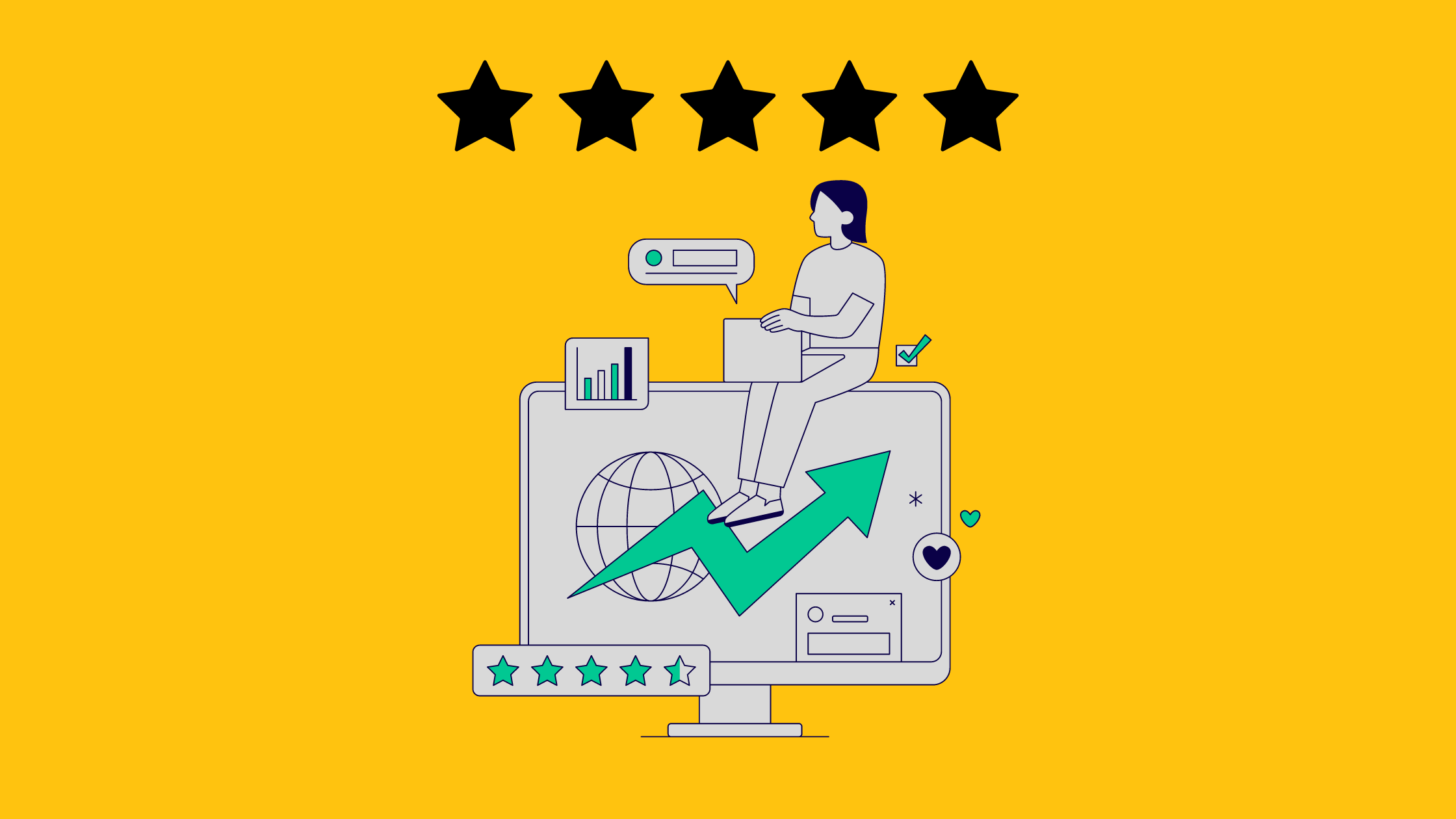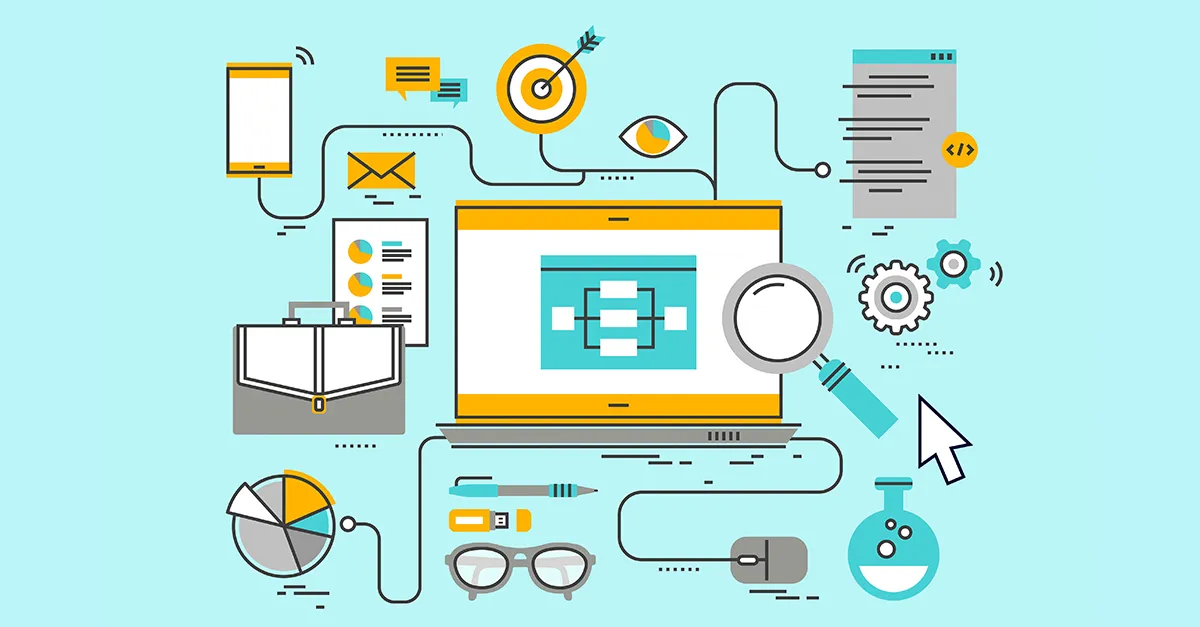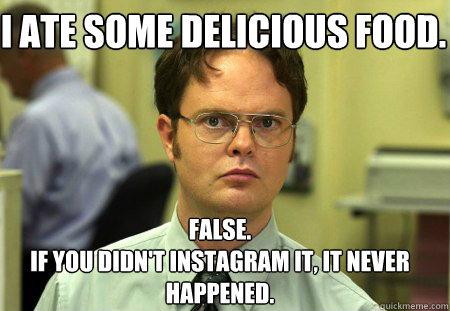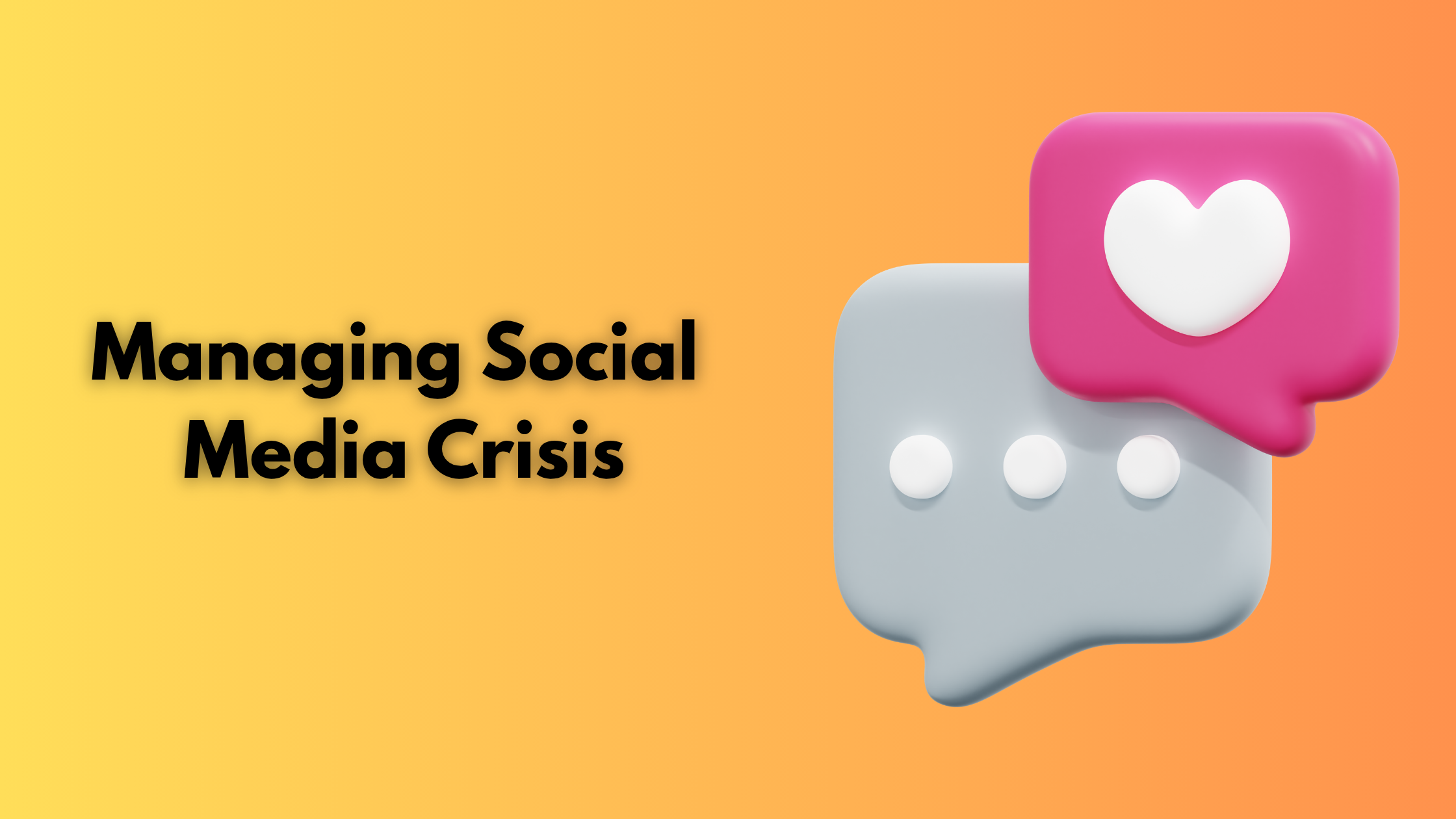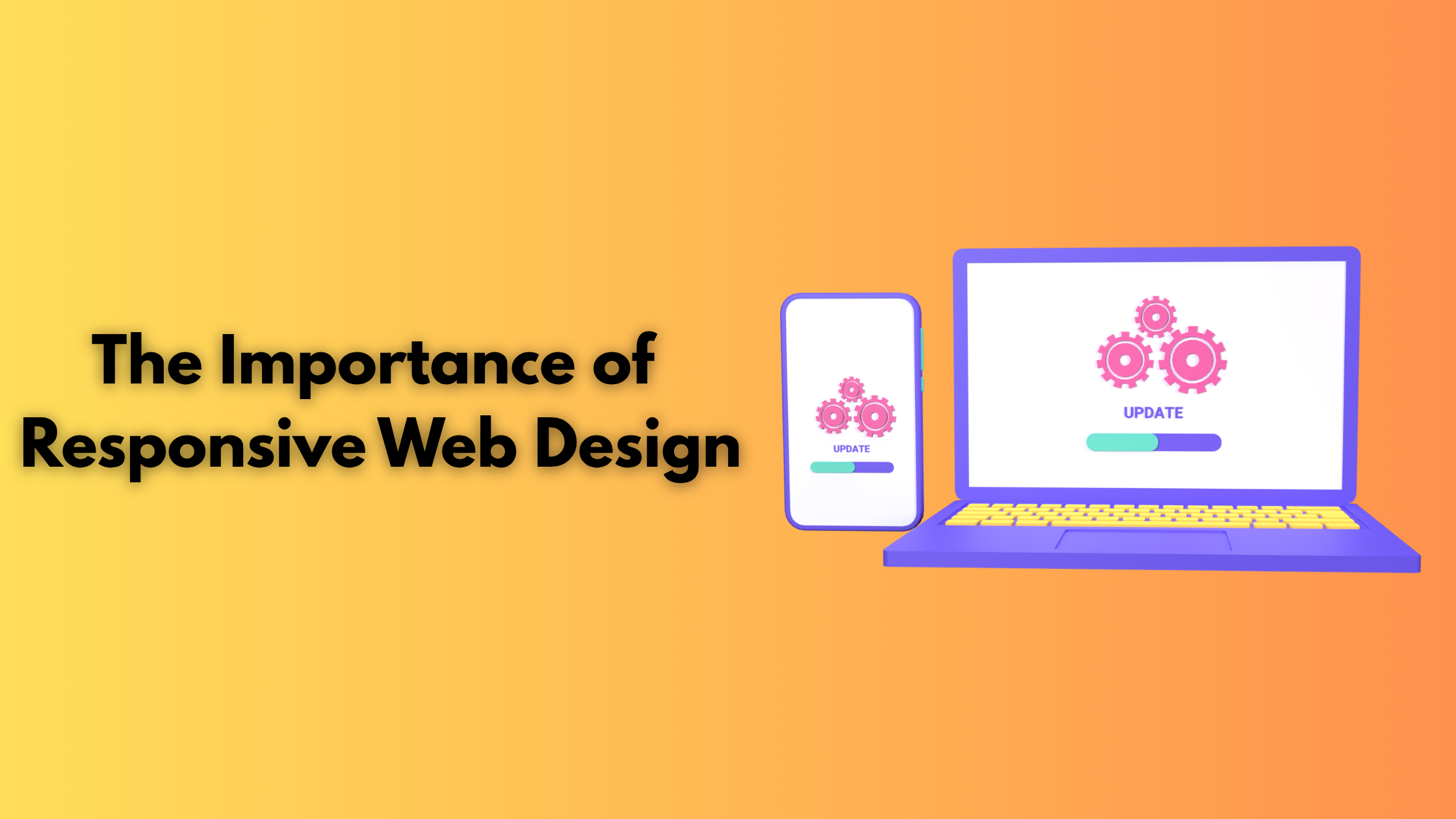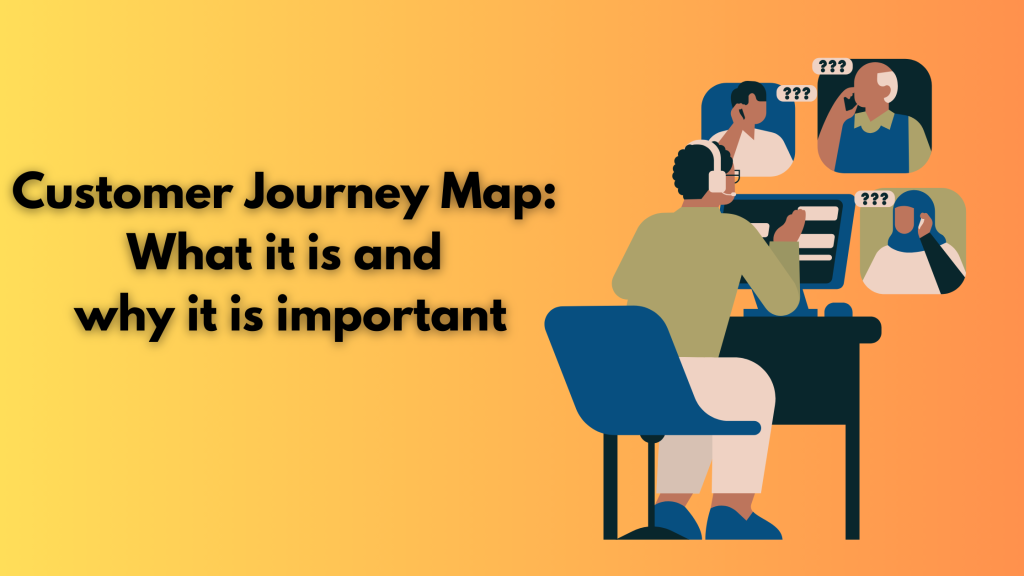
According to research, 70% of online users and shoppers abandoned their carts in 2023. Why do some online users add products to the cart, and spend time searching for the products but vanish off the customer journey map at the last moment.
The simple answer could be the complex nature of users. It is very challenging to understand the user’s intent and expectations. Sometimes you feel you know everything about your customers, but in reality, the journey from awareness to purchase differs for each customer.
It is not possible to map and predict every experience with 100% clarity, in such scenarios customer journey mapping helps us in tracking the critical milestones that each customer completes. In this blog, we’ll understand what customer journey mapping is, its benefits, and its stages. Also, we’ll learn the steps for creating a customer journey map.
What is a digital customer journey?
The customer journey involves a lot of interactions that a customer has with a brand, product, and service. In the beginning, they become aware of the product and the pain points and finally make a purchasing decision. The buyer’s journey refers to the general process of arriving at the stage of the purchase while the customer journey refers to the buyer’s purchasing experience with a brand, product, or service.
The buyer’s journey is the entire buying experience starting from pre-purchase to post-purchase. It starts when the buyer becomes aware of your brand and eventually becomes a product user. The buyer goes through various processes such as considering, evaluating, and eventually purchasing a new product.
Whereas the customer journey refers to your brand’s position within the buyer journey. These are the touchpoints where you interact with your users as they go through the stages of the buyer journey. When you create a customer journey map you create, manage, and monitor all the touchpoints at every stage of the buyer journey. For example, you can use a blog post in the awareness stage to inform the user about a product or service and nurture them slowly to become a paid subscriber. It also includes various comparing tools, sales negotiation, etc.
The customer journey map includes all the customer touchpoints where there is engagement from an interest in the product to contacting the brand to purchasing it. Once the sales are completed, the journey continues with customer loyalty strategies to encourage repeat purchases and seek referrals. These customer touchpoints are very important as they help the customer become more aware of the brand and engage with it. These touchpoints can be physical or digital marketing strategies. Also with each customer’s journey, there are multiple touchpoints and they go back and forth or work parallelly. According to a study, 87% of users start their research online.
Benefits and stages of customer journey mapping
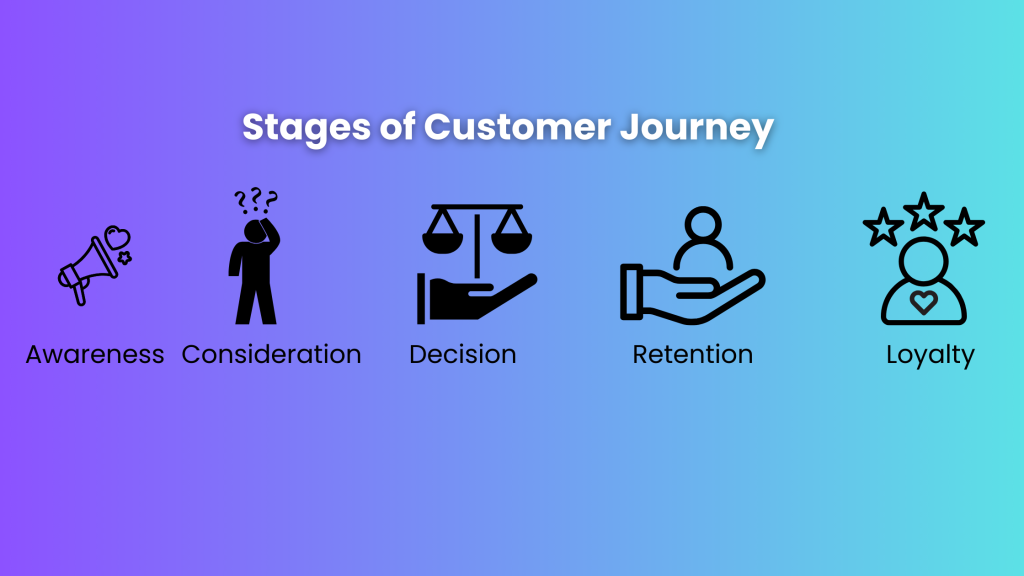
Customer journey map also provide useful insight related to the unique needs of potential customers at every stage of the journey. The brands use this information to enhance user experience, conversion rate, and customer retention. 80% of customers consider their experience with a brand to be equally important as their products. Here are some of the benefits of the customer journey
- New Customer Base: To understand your customer’s demographics and psychographics, you must understand the customer journey. Create touchpoints for a segment of the customers who are interested in your brand. Target them with relevant touchpoints.
- Customer Service: Active customer service makes your brand seem more reliable. Customers are 2.4x more likely to stay with a brand when their problems are solved quickly. Brands use chatbots and live chat options to make user experience more efficient.
- Customer Retention Rate: When you understand your customer journey, it is easy to identify the areas of improvement. By improving the area of improvement you reduce the pain points and enhance user experience. According to a study, 33% of customers leave or switch a brand just after one poor experience. A customer journey map can explain the journey of each buyer and if you enhance the touchpoints then chances are that the customer will complete the purchase. Increasing the customer retention rate by 5% can increase profit by 25-95%.
- Customer-centric Approach: Share a common customer journey map with your entire organizational team. The customer journey map informs about every step of the customer journey.
- Inbound Marketing: Inbound marketing involves creating helpful content that users are looking for or will encourage them to make a purchase. Initially, you try to grab the user’s attention and eventually focus on the purchase. By mapping the customer journey map you can understand what is interesting and helpful for your customers and what is moving them away from the brand.
Different Stage of Customer Journey Map
The biggest challenge for a brand is to understand what motivates and influences a prospect to convert into a customer. Let us understand the different stages of the customer journey.
- Awareness: This is the first stage where a customer becomes aware of your brand. The customer realizes they need a product and starts researching for it. This is where customers go to the web and start searching for solutions and looking at a variety of articles, blogs, etc.
- Consideration: At this stage, a customer compares the different solutions and their benefits and disadvantages. In this phase, a customer visits your website, requests for a free trial, and tries to connect with you. The customer considers your product as a viable option at this phase.
- Decision: In this stage, the customer forms the opinion that your product is the best and decides to buy from you. They will create an account, start shopping, and make purchases. All the touchpoints in this stage will decide the course of action for the future such as speed of purchase, repeat purchase, etc.
- Retention: Once a customer has purchased a product from you, this is the time to nurture them. Your product must perform as per the expectations of the customers. Send post-purchase emails to thank them and continue to engage with them. Use the data available to optimize the opportunities for future purchases. You can send personalized emails, offer rewards, etc.
- Loyalty: In this stage, your customer has turned into a happy loyal customer. The customer establishes an emotional bond with your brand. They also recommend your products through positive word-of-mouth, online reviews, user-generated content, etc.
Steps for creating a customer journey map

Although the customer journey map is different for every brand depending on your goal, objective, niche audience, etc. However, let us understand the general steps for creating a journey map
- Objective: Before creating a customer journey map, you must ask yourself why are you creating it. What goals do you want to achieve and how will you measure its success.
- Buyer Persona: Buyer persona is a fictitious character with all demographics and psychographics of your niche customers. You can use questionnaires etc to obtain customer feedback and other valuable information. You collect feedback from people interested in buying your product or who have interacted with your brand earlier.
- Target Customer Persona: Once you have understood the customer persona, You should focus on the segment of the audience that is more likely to make a purchase and consider the route they would take.
- Touchpoints: Prepare a list of touchpoints your customers are using or are willing to use. Focus on social media channels, paid ads, email marketing, third-party review sites, etc. List out the customers’ actions through each interaction they have with your brand. Similarly focus on customers’ emotions and motivation and create emotion-evoking content. Try to remove the pain points from the journey.
- Resources: List out all your resources so that there is more clarity among the various teams of the organization. It helps in the better formulation of the customer journey map.
- Experience the customer journey yourself: Try to experience the customer journey so that it will expose you to the points that motivate or discourage a customer from making a purchase,
- Analyze: Analyze the result of your customer journey map. Analyze how many people bounce from the website, or return without completing a purchase, etc. Analyzing the results will help you identify the areas that need improvement or where customers’ needs are not met.
- Update: Use the data available with you to make necessary changes that will help you in achieving your goals. This could be adding a call-to-action or writing an appropriate description.
- Customer journey map template: There are many tools and templates available that map out a customer journey, from the stage of awareness to becoming a brand advocate.
Read Also: The Impact of Fake Reviews on Your Business
Read Also: The Ultimate Guide to Responding to Online Reviews



